Modder behind the 'Swiss army knife of PC gaming' deletes their 20 year-old Steam account with anti-Valve manifesto: 'By the end of my bitter dealings with Valve… there was zero hope'
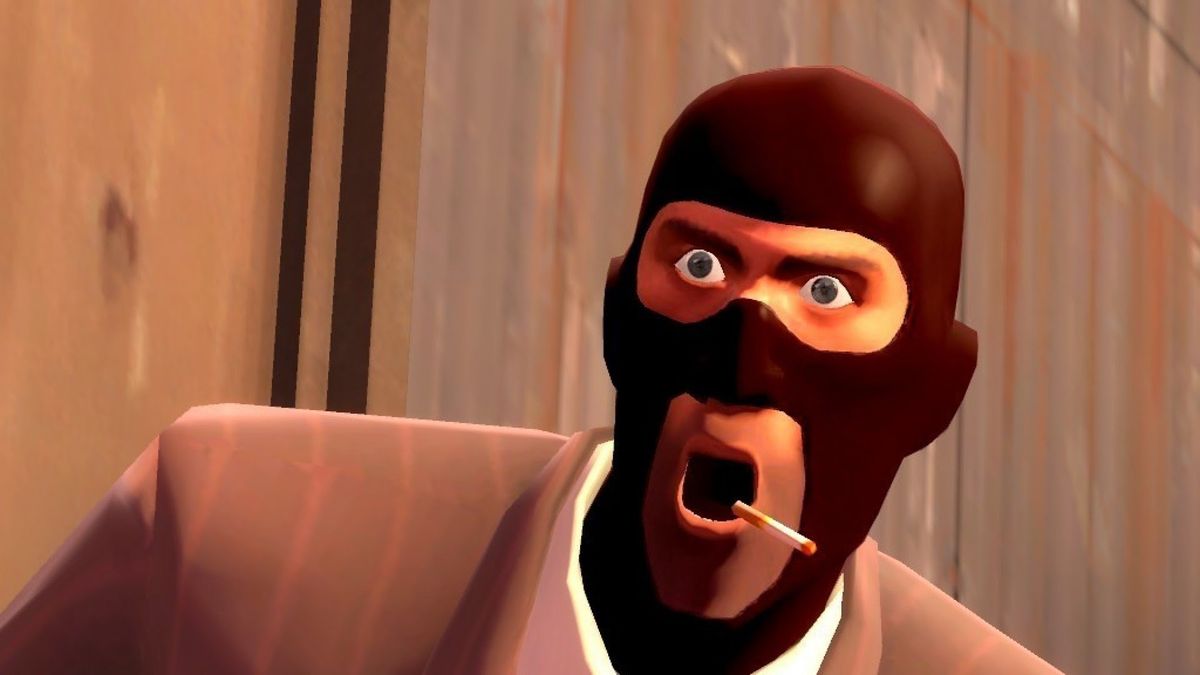
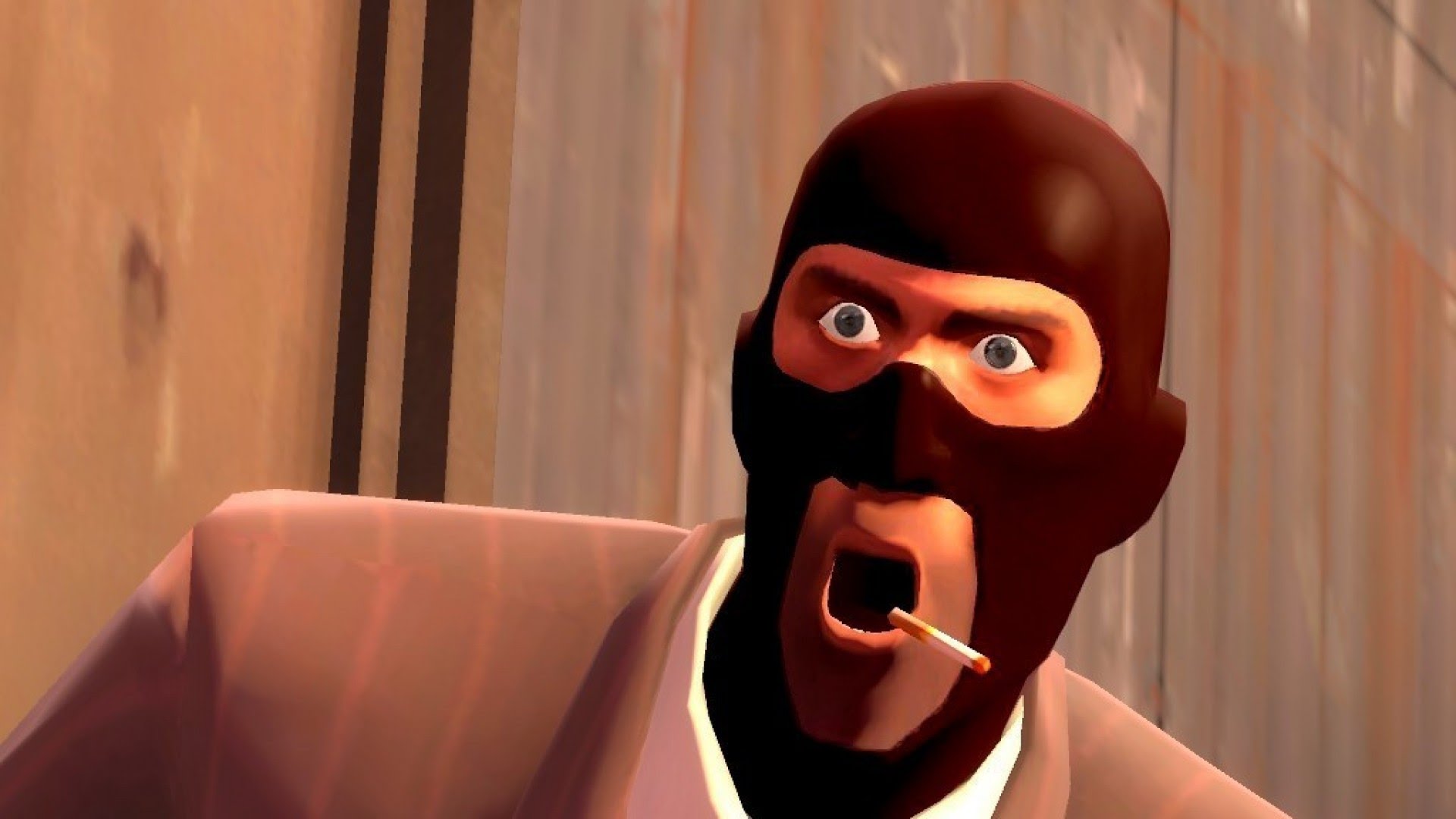
© Valve


© Valve
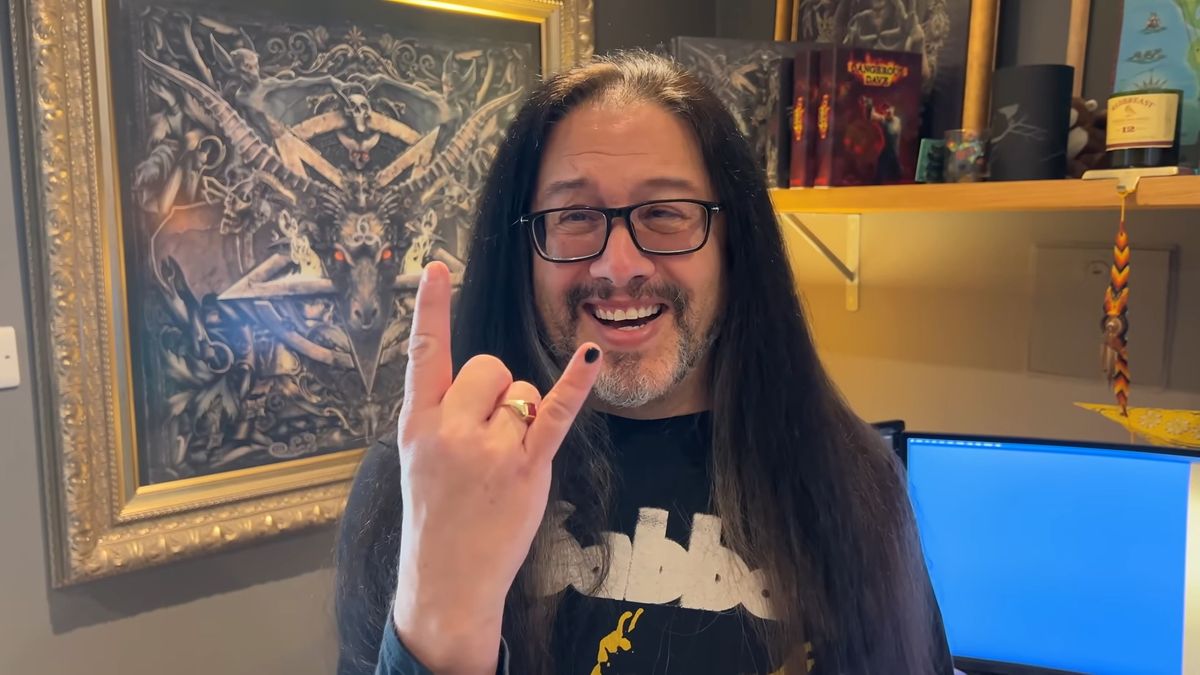
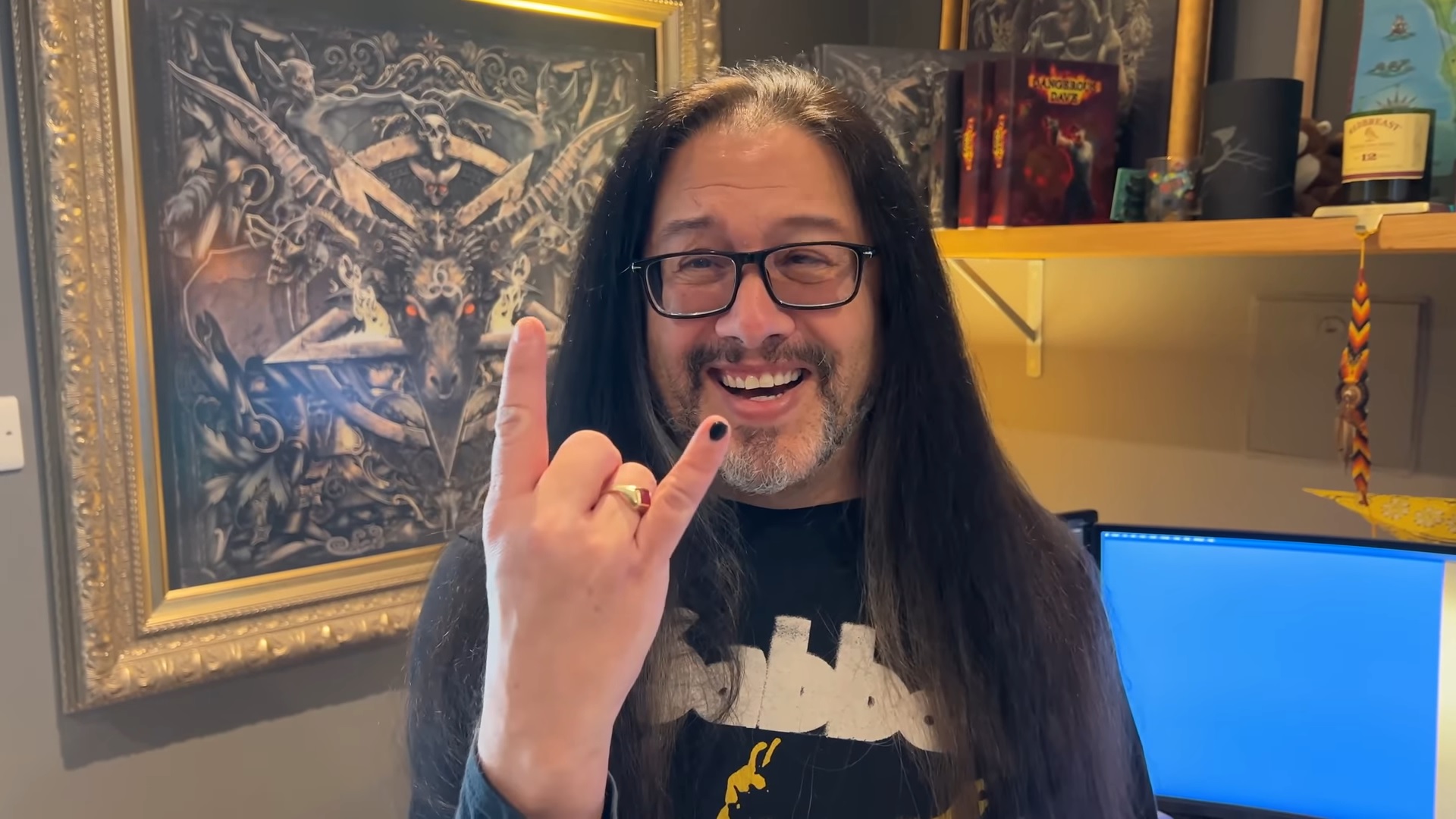
© Noclip on YouTube
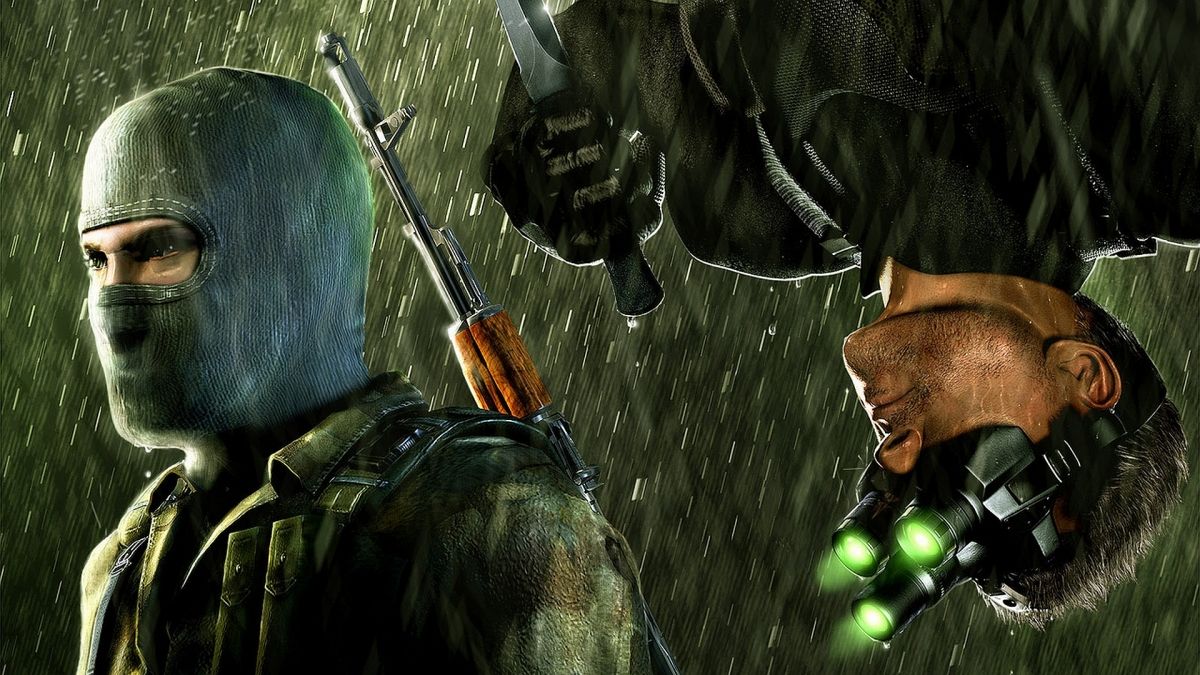
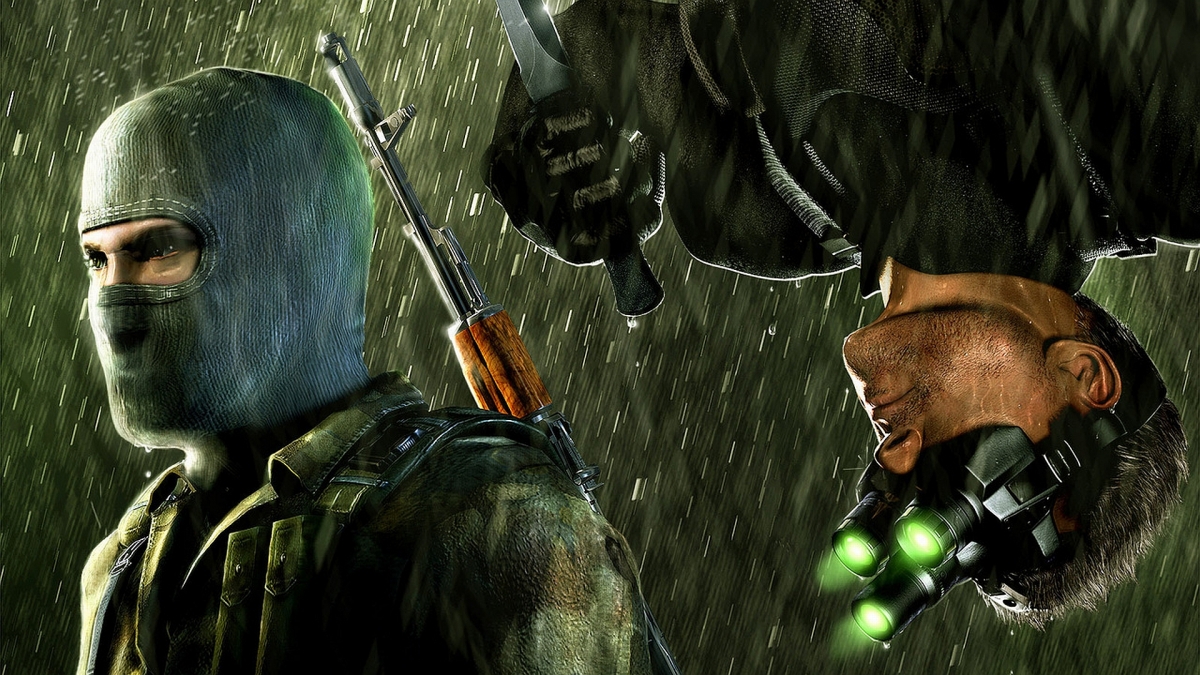
© null
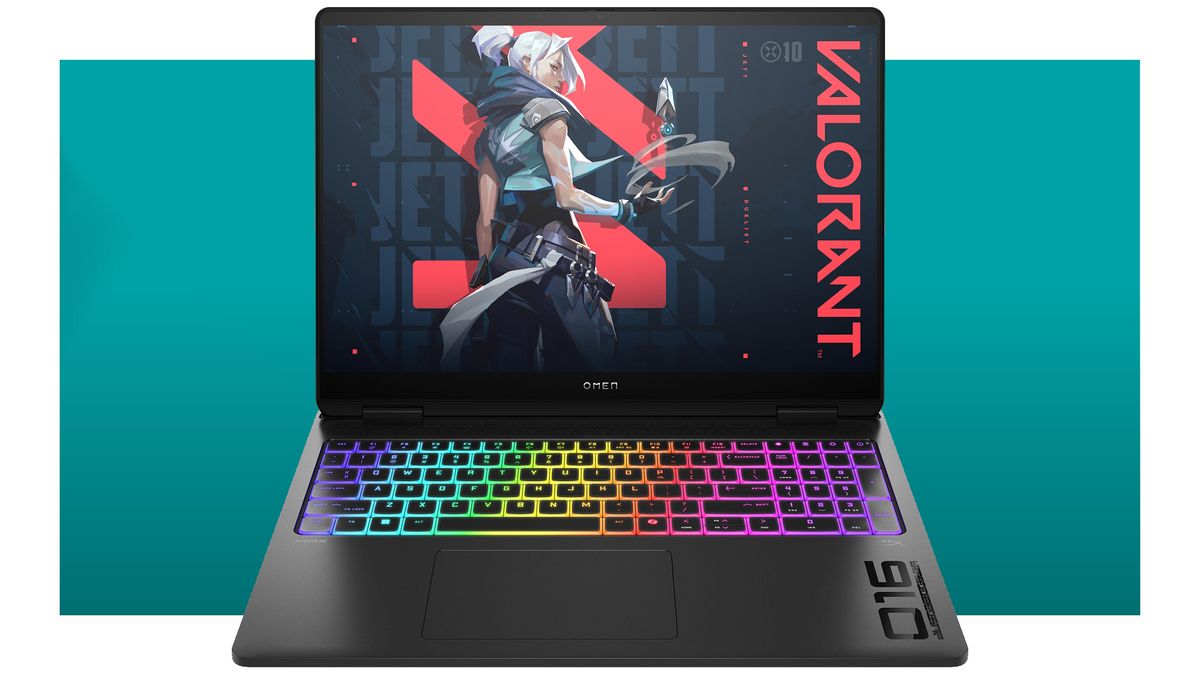
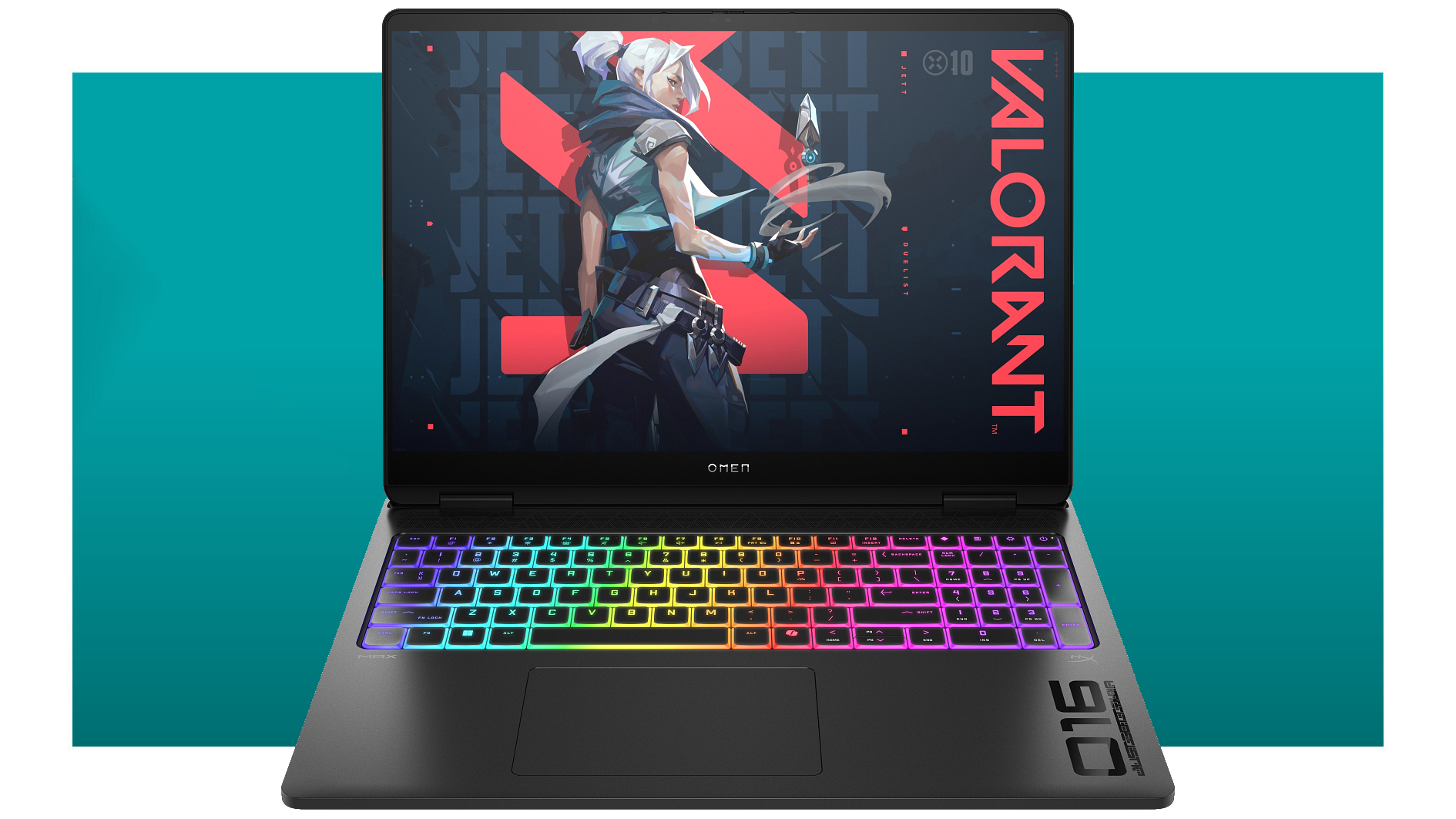
© HP
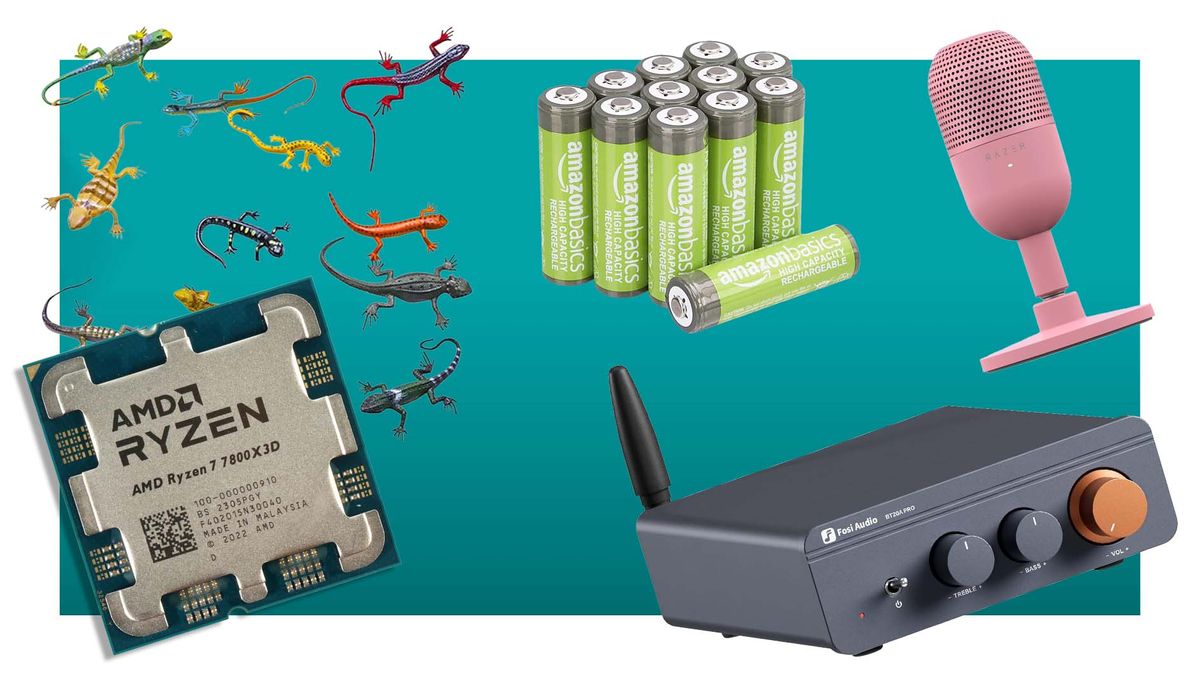
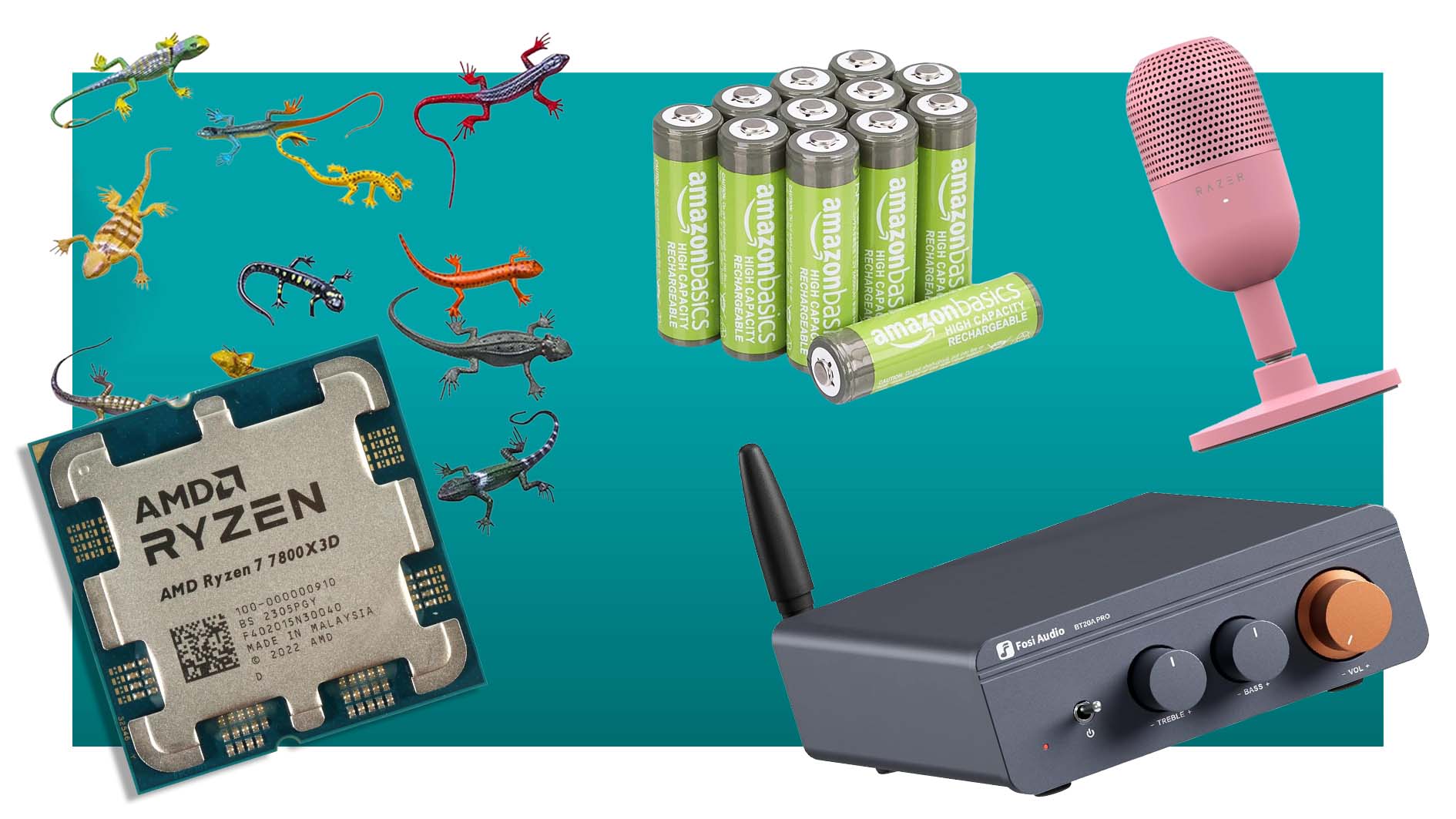
© AMD | Fosi Audio | Razer | Amazon | Lizards
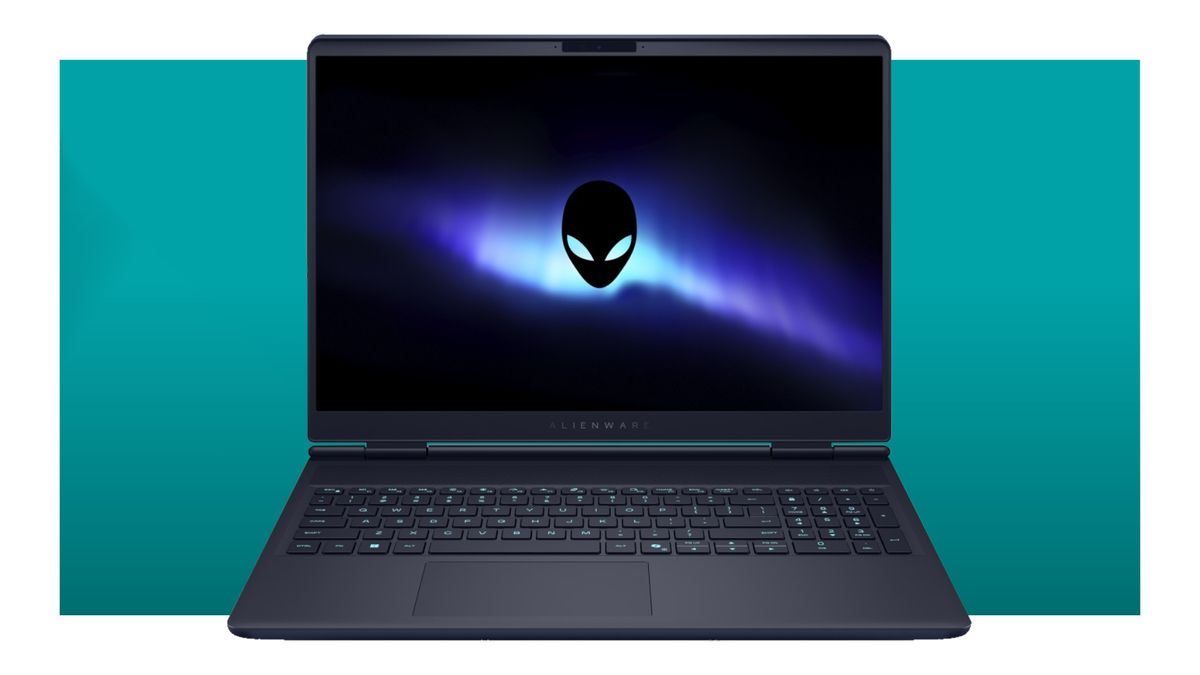
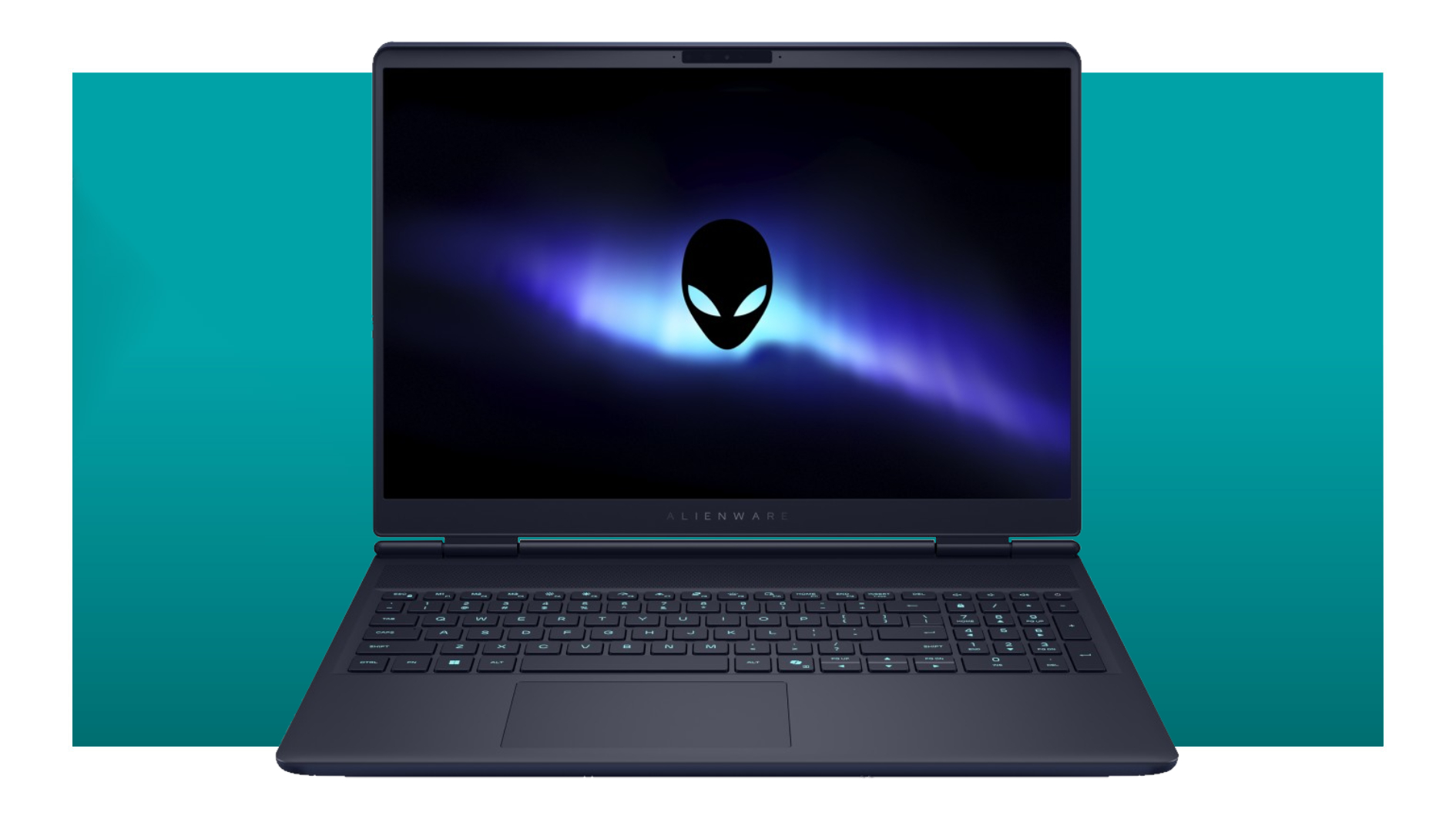
© Dell
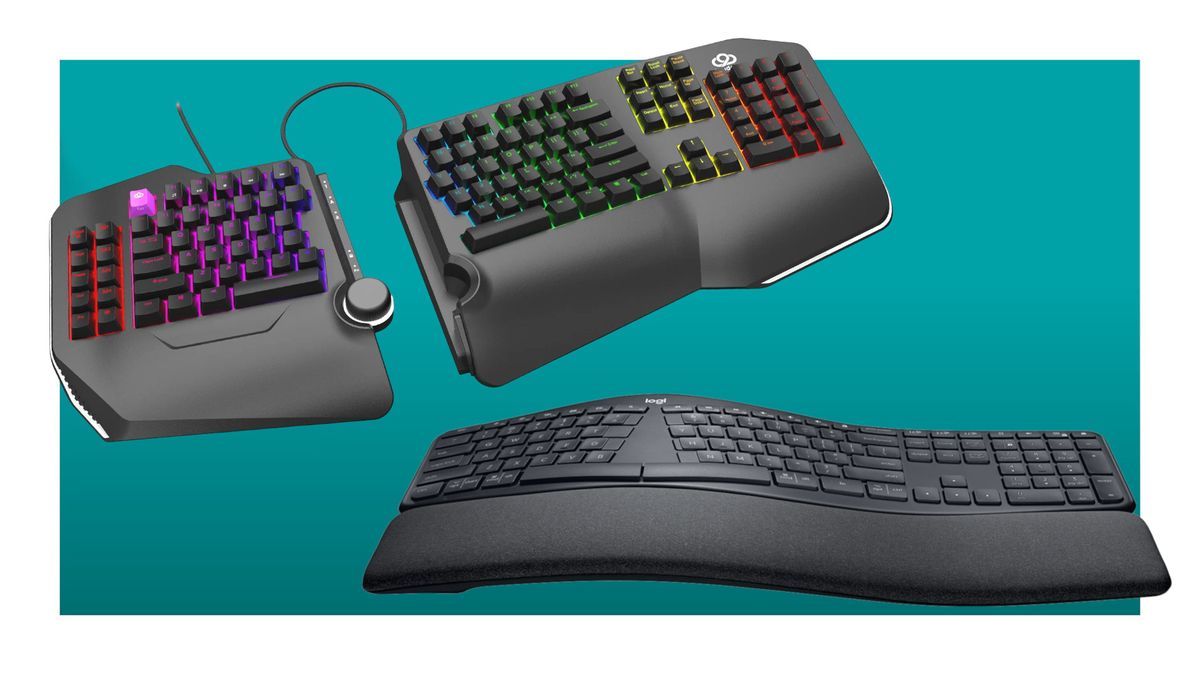
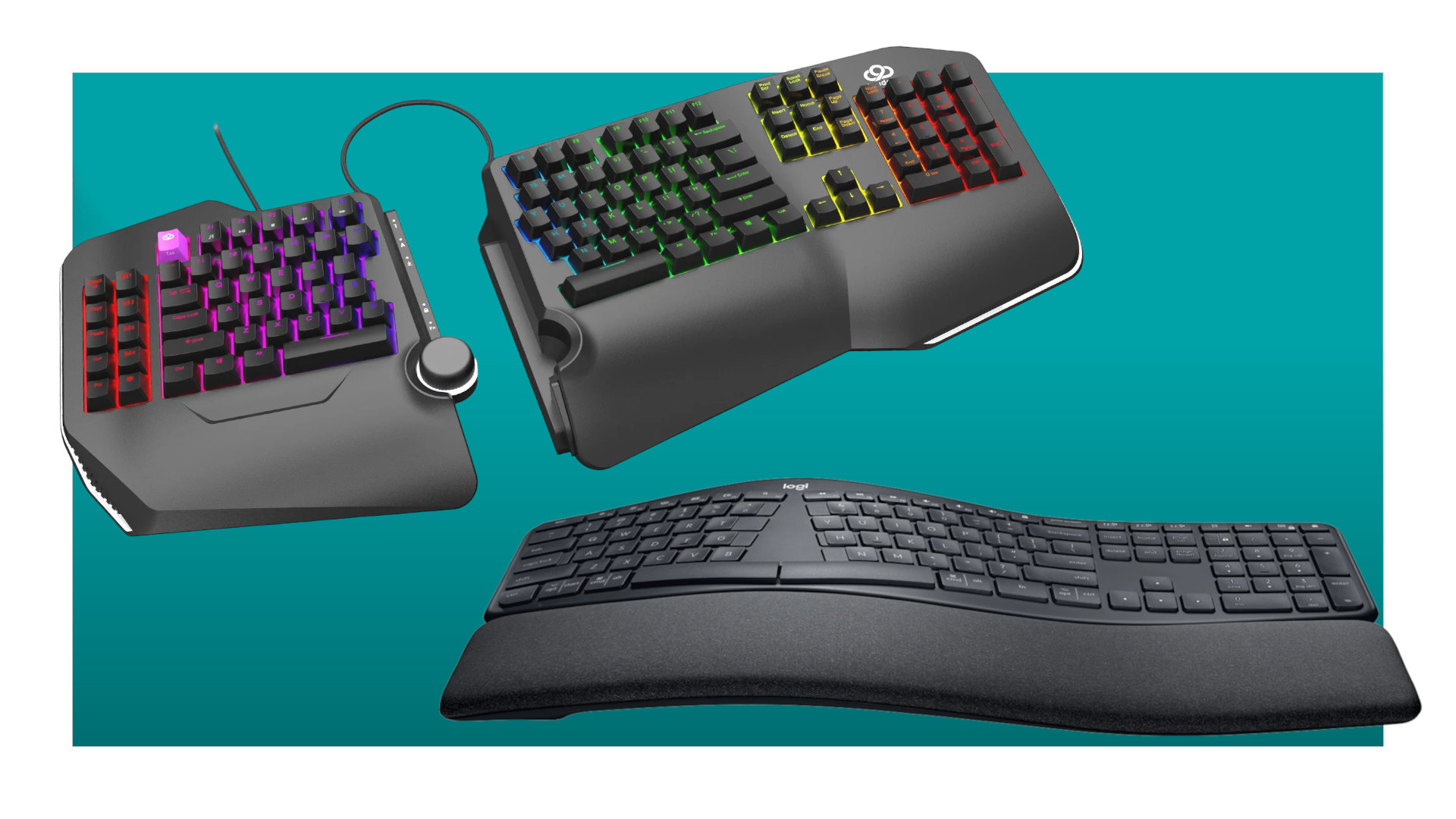
© Cloud Nine/Logitech
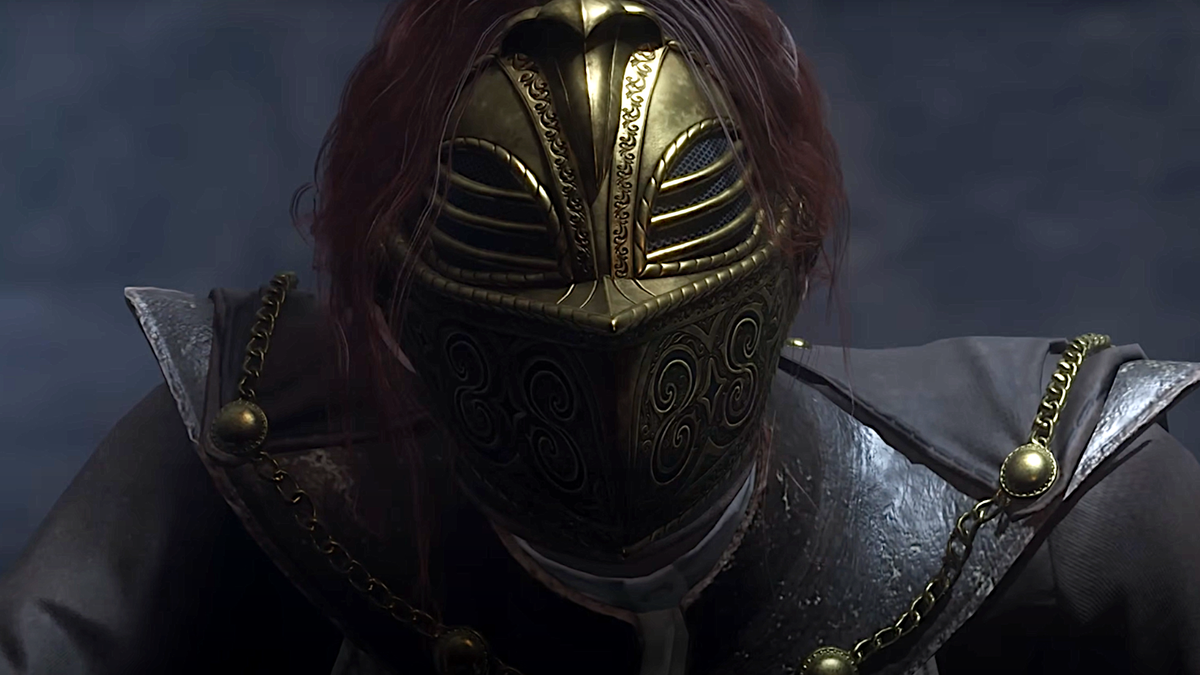
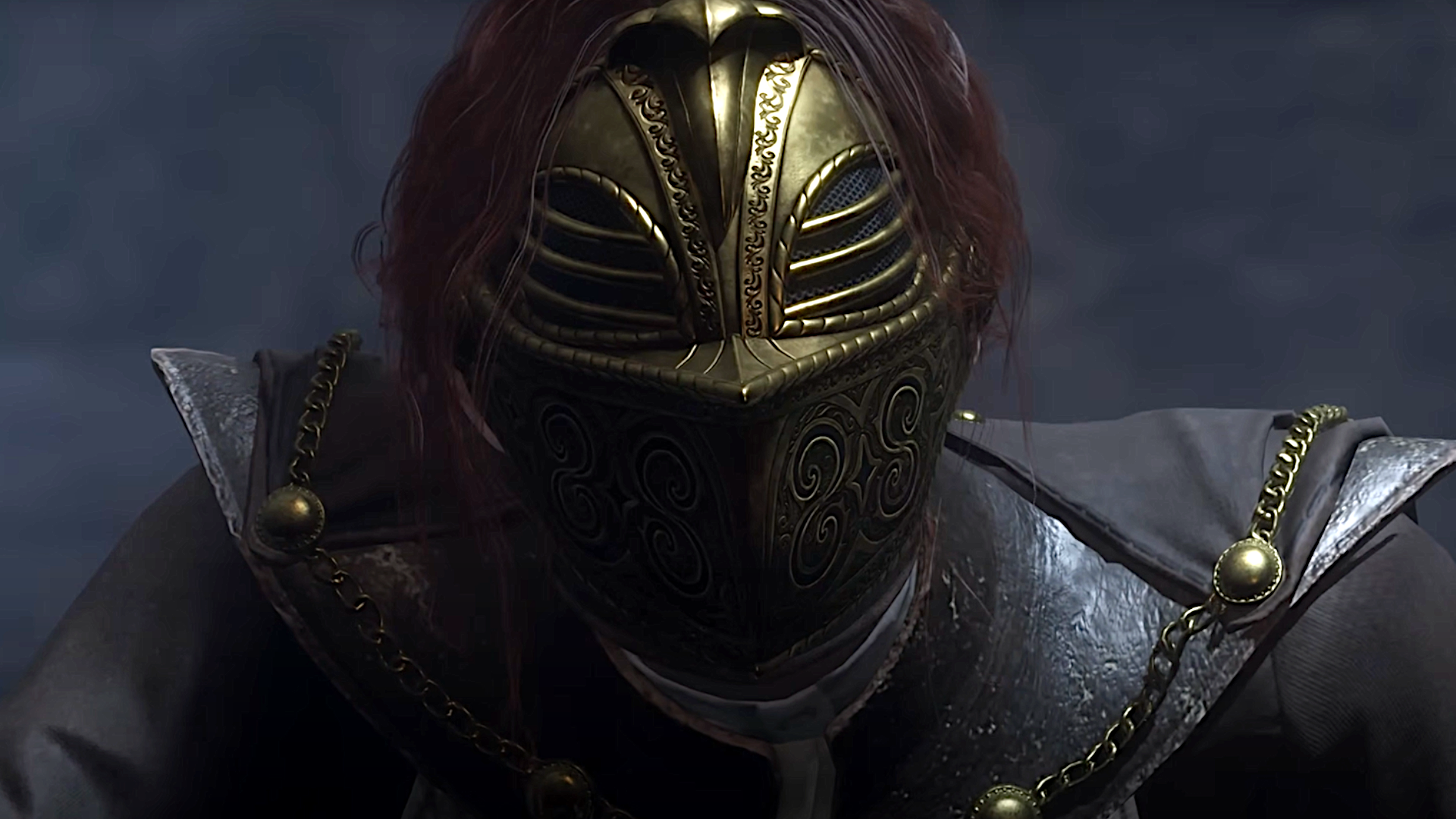
© Round 8 Studio


© The Pokémon Company
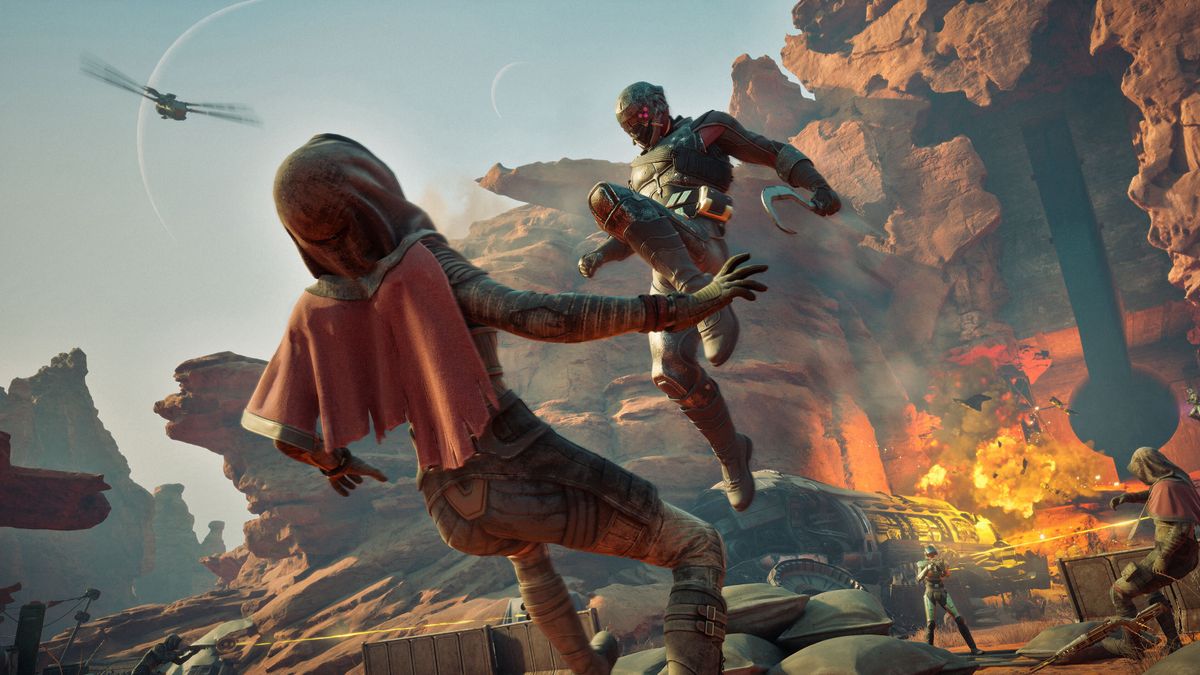
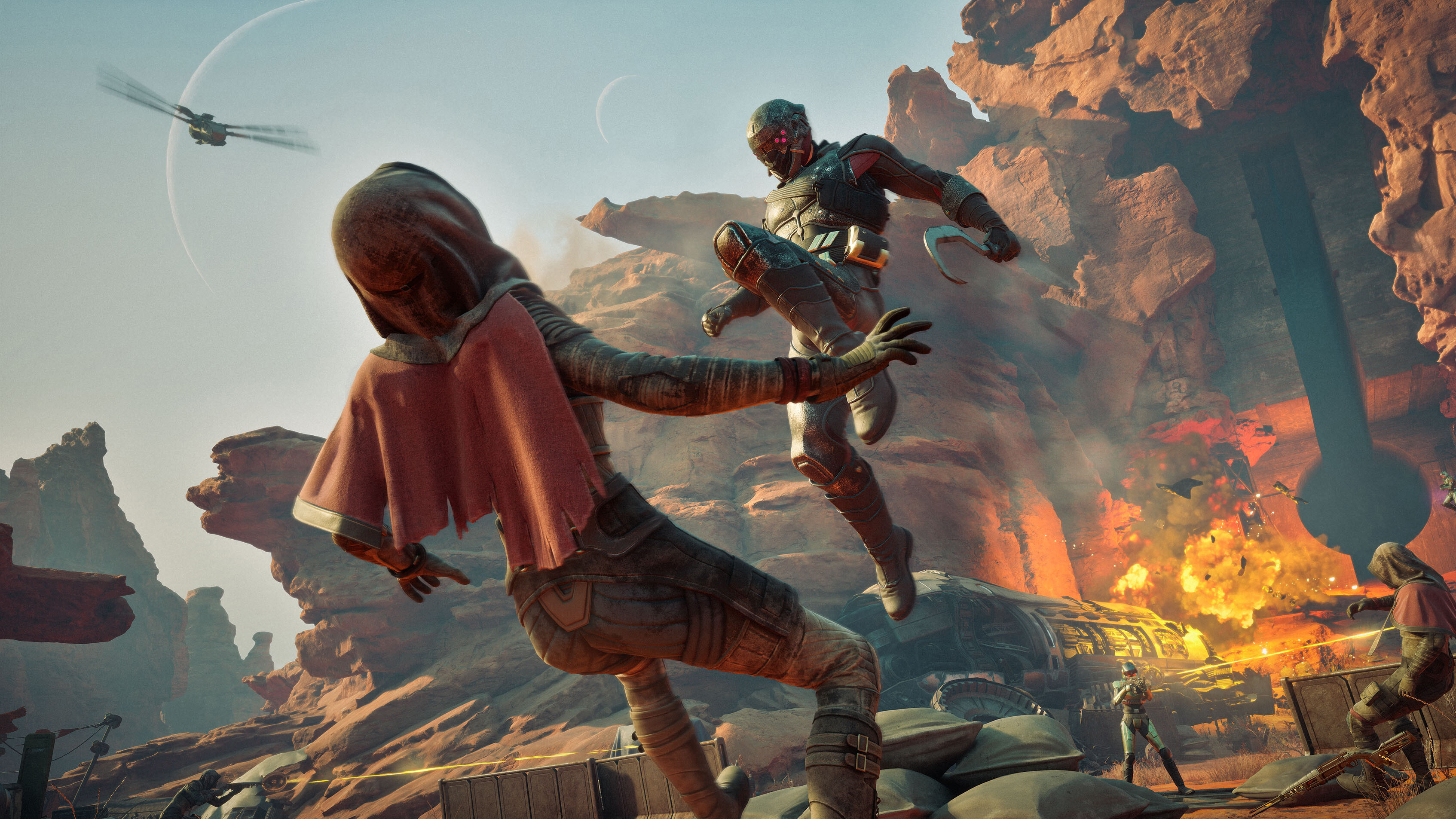
© Funcom
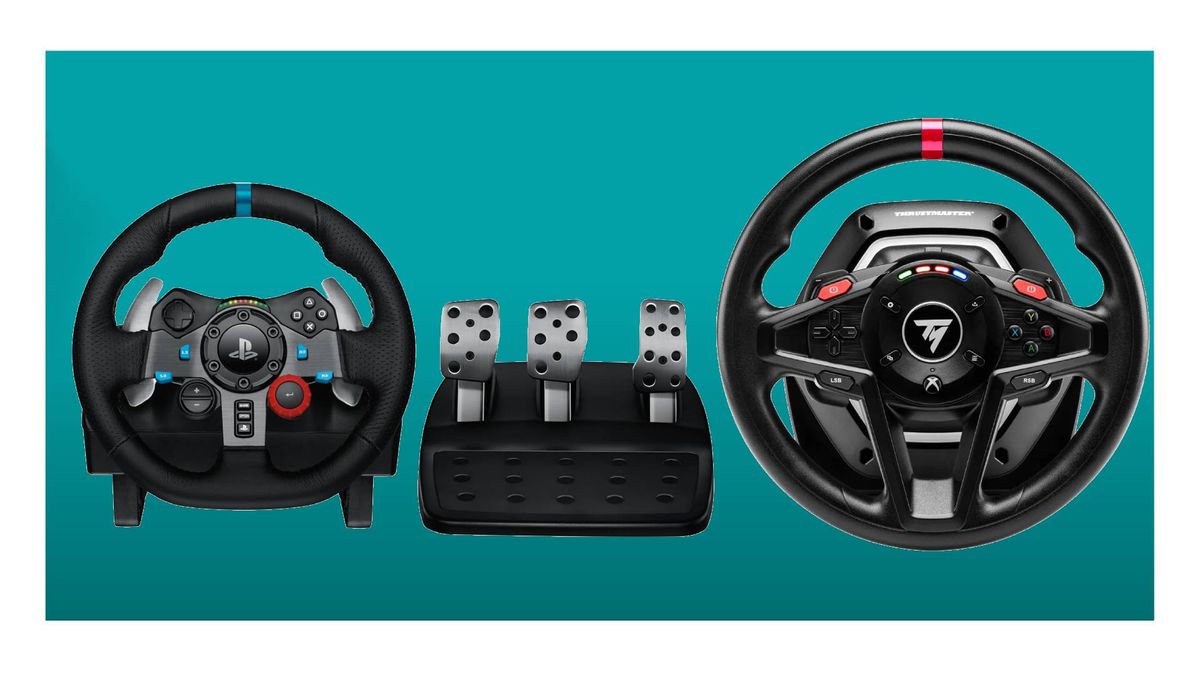
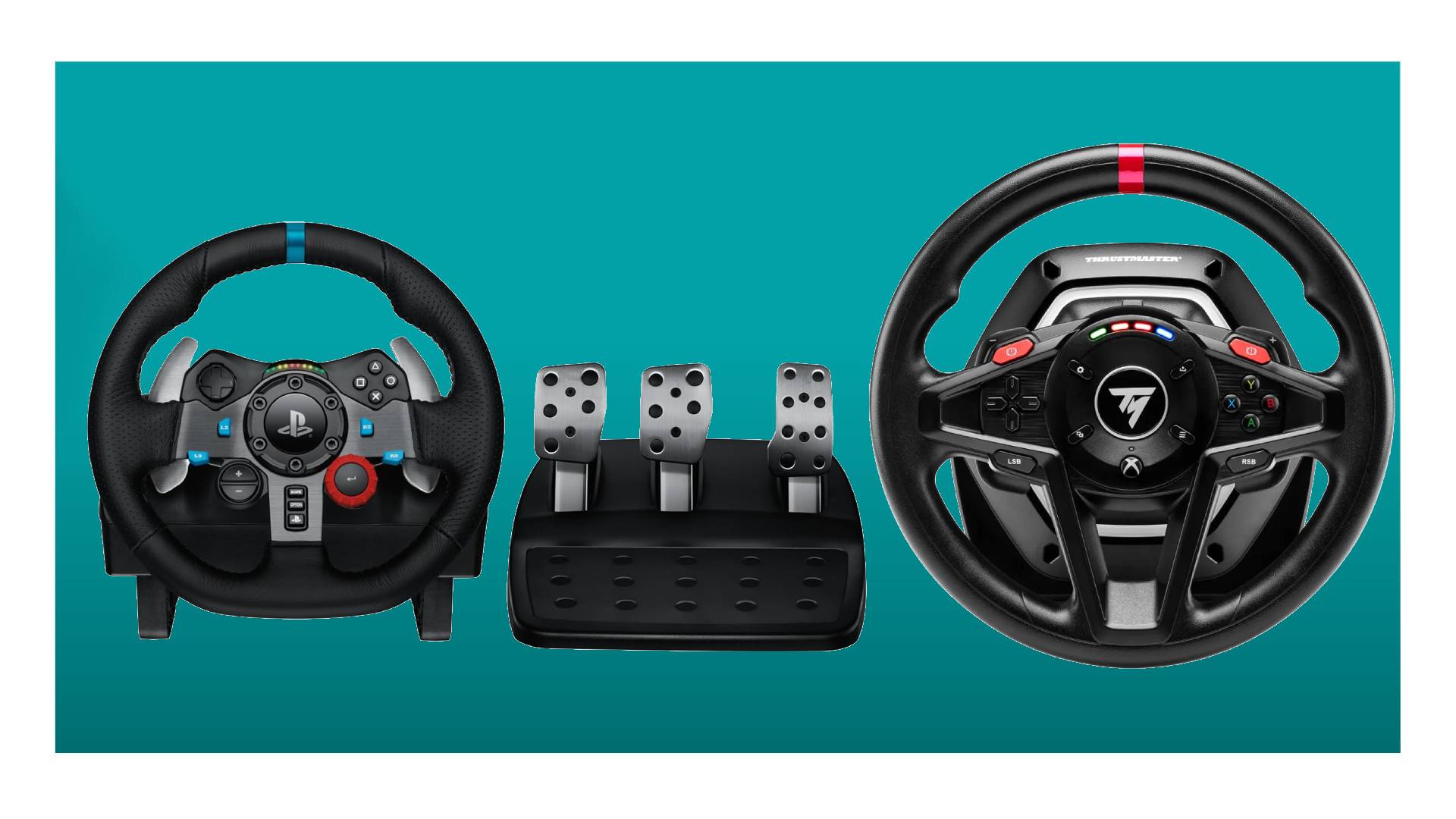
© Logitech / Thrustmaster

If you've been waiting for a great Prime Day deal on a high-end OLED TV to drop, your wait is over. However, it's not Amazon that listed the deal, it's eBay. Right now, Electronics Express via eBay is offering a 65" Samsung S90D 4K OLED Smart TV for just $958.39 with free delivery after you apply 20% off coupon code "JULYFINDS". This is a new TV with a 1 year Samsung warranty. Electronics Express is an authorized Samsung reseller with over 200,000 eBay user ratings.
The Samsung S90D is the prior generation 2024 model. A new "S90F" model has been released for 2025, but it costs more than double the price. The S90D is equipped with Samsung's proprietary quantum dot (QD) OLED panel. QD OLED panels are brighter than traditional OLED panels without losing the color accuracy, range, and wide-viewing angles that OLEDs are known for. Compared to a traditional LED LCD TV, an OLED TV offers superior image quality, near-infinite blacks, near-infinite contrast ratio, and near-instantaneous response times.
OLED technology aside, the Samsung S90D also has all the features you'd want in a gaming TV. It has a native 120Hz panel that can be pushed to as high as 144Hz as well as four total HDMI 2.1 ports for running 4K at 120Hz on a PS5 or Xbox Series X gaming console. The S90D also supports variable refresh rate and auto low latency mode. This is an especially good complement to the recently released Playstation 5 Pro console since it can drive more games in quality mode (native 4K @ 120fps) than the standard PS5, which often needs to be set to performance mode (upscaled 4K).
Despite being a current generation console, the Nintendo Switch 2 has lax TV requirements compared to the PS5 or Xbox Series X. When the Switch is connected to its dock and a television, it is only capable of outputting a 4K resolution signal at up to 60 frames per second. It can go up to 120fps if the resolution drops to 1080p, but the data rate required for both these options is pretty much the same. Oddly, it doesn’t even get VRR when docked – that’s reserved for handheld mode only. The Switch 2 console, however, will still benefit greatly from the Samsung's gorgeous OLED panel.
Eric Song is the IGN commerce manager in charge of finding the best gaming and tech deals every day. When Eric isn't hunting for deals for other people at work, he's hunting for deals for himself during his free time.
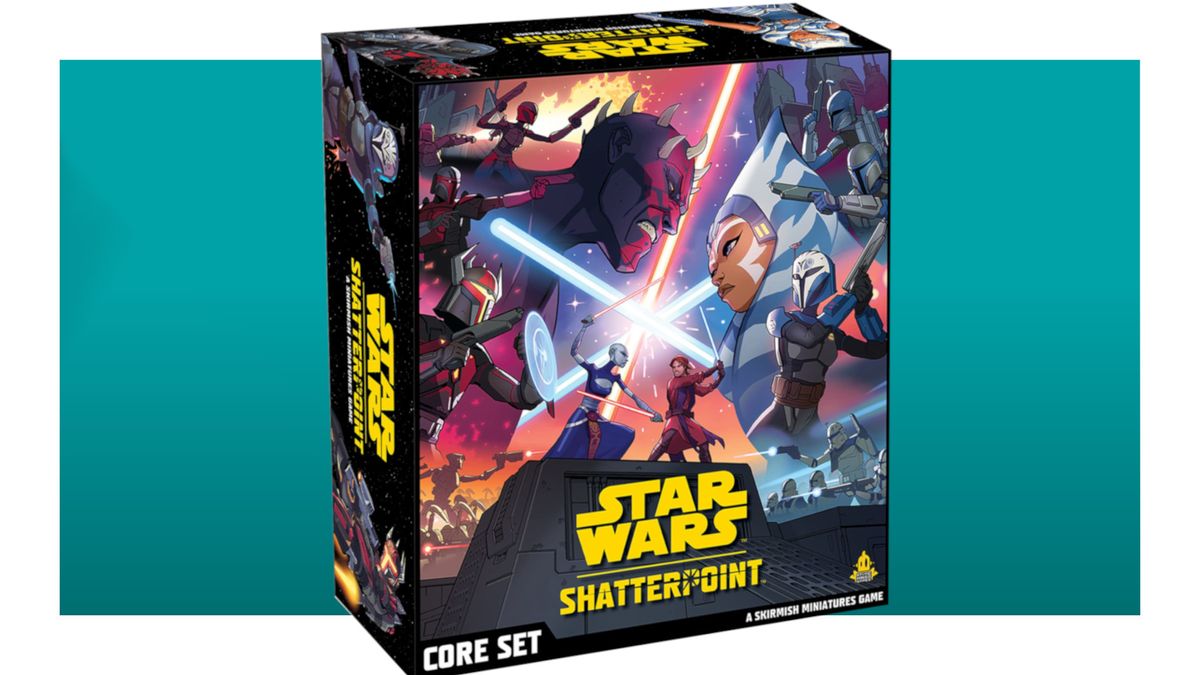
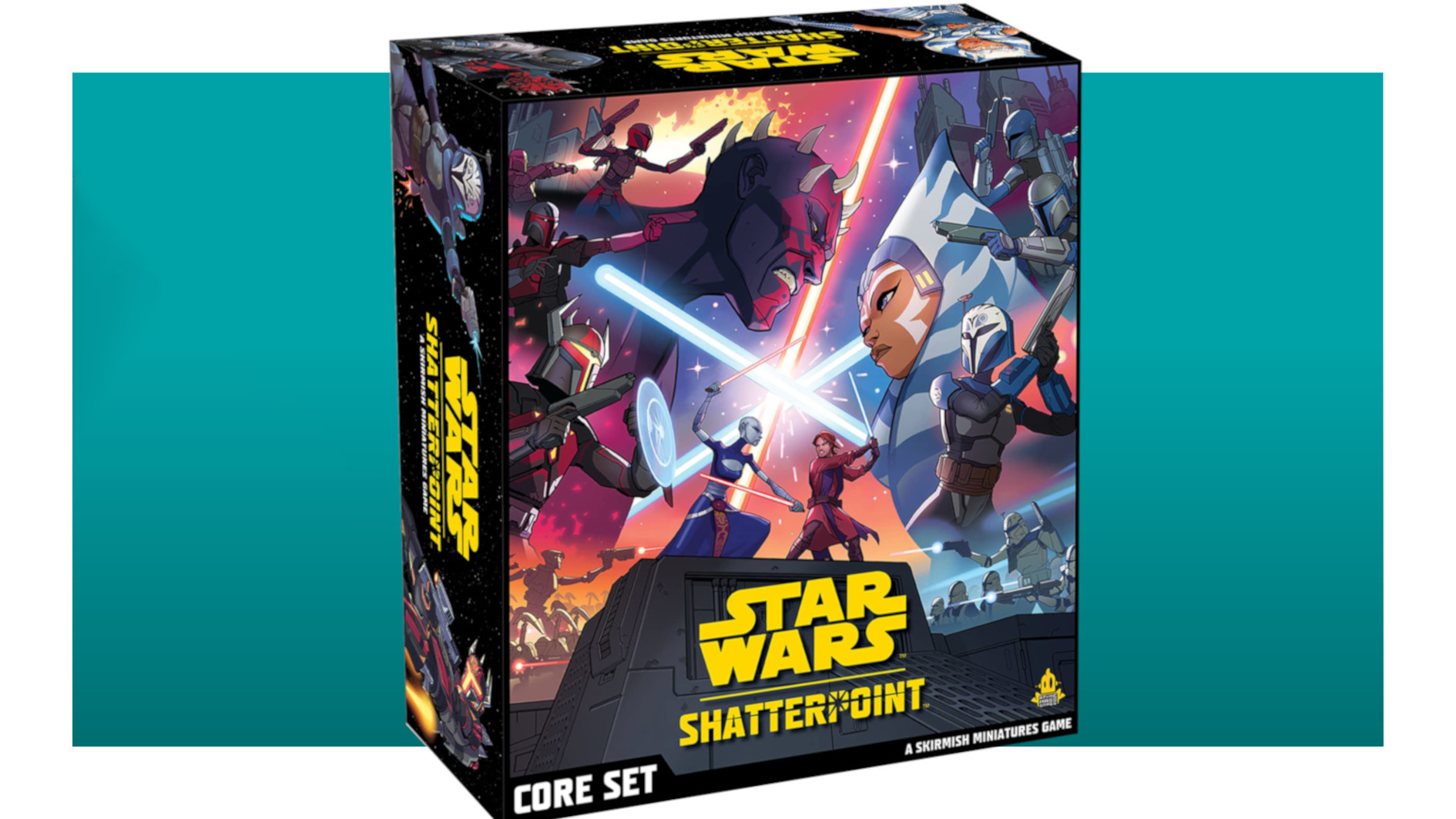
© Atomic Mass Games

I’ve been playing video games since about 1982, and Primal Planet stands out among the most charming I’ve ever encountered. While there’s not a lot about it that’s especially new, the components are so lovingly tuned and crafted that I could barely bring myself to stop playing. The designer injected Primal Planet with an inexhaustible reservoir of creativity, color, motion, and wonder, and the combination delivers an absolutely captivating play experience.
Its charm starts with the hugs. I’ve been in love with superfluous embraces in games since the WayForward remake of A Boy and His Blob deployed a deeply rewarding hug button. With a tap, you could reach out as the Boy and squeeze your best friend the Blob to your heart’s content. The sweetness of the animation and sound design compelled me to hug my little extraterrestrial friend whenever he succeeded, and often to comfort him when he failed. Primal Planet operates from the same emotional playbook. It doesn’t give you much manual control over displays of affection, but works in plenty of opportunities to warmly embrace and interact with your wife, daughter, and the adorable Sino the Dino. It’s deeply committed to integrating utterly unnecessary but deeply rewarding moments of humanity, where your little pixel people feel truly human.
The caveman protagonist has a family of bot buddies accompanying him on his journey, and thankfully these AI companions are genuinely helpful. They follow you without getting lost and contribute meaningfully to combat. You can opt to carry your daughter or put her down for support, and your wife is a menace to enemies with her bow and arrow. They’re also deeply emotive characters, enough so that you get attached to them... an emotional hook that Primal Planet finds plenty of opportunities to exploit.
Of all my friends and family, I bonded most with Sino the Dino, a baby dinosaur that acted as a sort of friendly attack dog fighting alongside me. Some of that attachment is that Sino really is useful, and part of it is that the poor little guy is an orphan and I feel a bit responsible for him. I also love that unlike my caveman, Sino can eat small enemies to restore his health on the fly, making him remarkably durable.
The day and night cycles dynamically alter the visibility and danger in the sprawling world. Locales that at dawn are gorgeous vistas transform after dark into menacing hunting grounds. The backgrounds are absolutely crammed with visual splendor. Almost every pixel has a sense of motion to it, from blades of tall grass blowing in the wind to the gentle breathing of immense, sleeping dinosaurs.
Speaking of the dinosaurs: they’re undeniably awesome. Look, dinosaurs are simply the coolest creatures to ever walk this earth, and Primal Planet knows that, presenting these astronomical ancient avians with a Jurassic Park-like level of enthusiasm. The dinos are diverse in appearance and behavior, deeply colorful and behaviorally distinct. Compys scurry about like the little scavengers they are, raptors attack in packs and from hiding, and the big fellas are genuinely terrifying. The pixel art style and careful color choices richly infuse these colossal beasts with grandeur, beauty, and terror.
Mechanically, Primal Planet is rock solid. It’s a side-scrolling Metroidvania that gets platforming, combat, and exploration right. The levels are artistically lush but also cunningly designed to hide (and tease) secrets, alternate paths, and environmental puzzles. Curiosity is always rewarded, sometimes with jarring (but terrific) surprises.
It’s a world of quick death and constant twists and turns, but it doesn’t feel brutal or unfair, instead merely challenging. You’ve got a potent dodgeroll to keep you out of harm’s way, and your little dude is delightfully agile. Whether you’re battling dinos, rival tribes, or space aliens, encounters feel thoughtfully designed and balanced.
Primal Planet includes well-designed progression and crafting systems. XP gathered through battle and exploration fuels Skill Points, which in turn can be used to unlock double jumps, weapon proficiencies, and more. You share your Skill Point pool and XP with Sino, and can considerably upgrade his mobility and combat abilities as the game goes on.
Resources found can be crafted at bonfires into weapons, tools, and medicine. The resources are neither too abundant nor too scarce... distribution feels just right. And some items double as equipment. Craft a spear from flint and wood and you’ve got a decent melee and ranged weapon, but you can also toss it against walls and use it as a climbing platform, or dip it in a fire to create a torch useful for clearing thorns that block your path.
As the campaign continues, you meet new allies that help you unlock more crafting abilities, allowing you to create potent traps and weapons to scale with the ever-escalating threats. Resource gathering never felt like a chore, but rather as a reward for exploring and following hunches to hidden areas where rare items and components waited to be found.
I feel like Primal Planet was designed especially for me. It combines several of my favorite reagents in gaming into one glorious magic potion. When I boot up Primal Planet I arrive at an intersection of prehistoric beasts, science fiction, excellent exploratory platforming, incredible art, a light progression system, and a dash of the feels.
The beating heart of Primal Planet is the incredible attention to detail and environmental storytelling. Show-don’t-tell is the name of the game in Primal Planet, and it’s splendidly executed. Whether it's UFOs beaming up dinosaurs in the background or your family stopping to create a cave painting together after a major story beat, Primal Planet just keeps intriguing and surprising.
Even though Primal Planet doesn’t really do anything revolutionary, I have rarely enjoyed a game more. Its creator seems to have surveyed the spectrum of components that make up a compelling video game adventure, and fine-tuned them into a deeply rewarding experience that evokes great Metroidvanias while feeling new and distinct. I absolutely cannot wait for the full release. Don’t sleep on Primal Planet.
Jared Petty really, really, really likes dinosaurs. You can find him at Bluesky as pettycommajared and at Threads as https://www.threads.com/@pettycommajared.

Microsoft announced significant company-wide layoffs on July 3, impacting its games business. With in-development titles like Rare’s Everwild and The Initiative’s Perfect Dark reboot getting cancelled, Microsoft's cuts have generated a lot of attention and discussion online. One of the industry professionals to lament Microsoft’s decision is EA Japan’s general manager Shaun Noguchi. In his personal comments, which he insisted "do not represent the position of EA," Noguchi criticized overseas companies’ increasing tendency to prioritize short-term results to please shareholders, and spoke out against games being cancelled after many years of development.
These gaming layoffs also saw the closure of Perfect Dark developer The Initiative, and the cancellation of an unnanounced MMORPG at the developer of The Elder Scrolls Online. Overall, Microsoft cut around 9,100 employees. For perspective, Microsoft had around 228,000 employees worldwide as of June 2024, according to official data.
In a memo shared with affected staff, Microsoft Gaming CEO Phil Spencer talked of “focusing on strategic growth areas” and “removing layers of management to increase agility and effectiveness.” Talking about games in particular, he added that “our platform, hardware, and game roadmap have never looked stronger. The success we're seeing currently is based on tough decisions we've made previously. We must make choices now for continued success in future years and a key part of that strategy is the discipline to prioritize the strongest opportunities.”
Microsoft’s reasons for the cuts are framed as restructuring to streamline management and, when it comes to games, to focus on the strongest titles. Commenting in Japanese on this reasoning via X, Noguchi said:
“The word ‘restructure’ contains positive connotations such as rebuilding or boosting efficiency, and tends to be used in a comparatively vague way overseas. However, in Japan 'restructure' is very directly perceived as meaning ‘layoffs’ and its significant impacts are more strongly perceived. Particularly in recent years, foreign-affiliated firms have increasingly demanded short-term results for large-scale investments.”
Noguchi explained that this results in many cases in which “a change in direction is made to meet shareholder expectations before sufficient time has been invested. I perceive this reported incident (Microsoft’s recent layoffs) as something that occurred within such a structure.”
While EA also has a history of laying off workers overseas, mass layoffs of the kind seen in game companies abroad rarely happen in Japan. This is due to the country’s labor laws making it impossible to lay off employees instantly or at short notice. Companies are more likely to gradually decrease their workforce, for example by not renewing the fixed-term contracts of their temporary workers, and by offering financial incentives to permanent employees to encourage them to resign voluntarily. When Final Fantasy Brave Exvius developer Gumi faced financial difficulties back in June last year, for example, it offered buyouts to employees in Japan to encourage them to resign (source: Automaton).
Less scrupulous ways of laying off staff in Japan do exist, however. These include the use of ‘expulsion rooms’ — a passive-aggressive method that basically aims to bore employees into quitting by putting them in a room and giving them nothing to do (note that ‘non-performance of work tasks’ could potentially be used as justification to cut any severance pay when the employee eventually leaves). Bloomberg alleged that Bandai Namco used the ‘expulsion room’ method to try to cut 200 employees last October.
EA Japan’s general manager Noguchi expressed sympathy for the Microsoft employees impacted by the recent layoffs. “The game industry is held up by every single creator and member of staff who diligently develops games on the ground. As someone in the same industry, I feel deep pain regarding this decision.”
Regarding the cancelled games, Noguchi described it as “truly regrettable” both for the developers who have spent years working on titles that will never get released, and the players, who have no chance to experience said games.
However, sometimes games get stuck in “development hell” and in some cases, it might be best for companies to cut their losses. Announced in 2019 and 2020 respectively, both Everwild and the Perfect Dark reboot had been in development long before then. Asked by X user Tayetalks about whether games under development for a long time with no end in sight should continue to be supported or be cancelled, Noguchi replied:
“This is just my personal opinion but if a game was in development for 7~10 years, canceling feels like the worst move. That’s a decade of work, potentially a quarter of someones (sic) entire career completly (sic) lost. Even if the final product isn’t what people originally expected, I think it still deserves to ship. Something is better than nothing for both the team and for the players. But also, don’t announce games when they’re still half baked,” adding that “hype with no follow through burns trust both for fans and the studio.”
Co-creator and designer of the original Xbox, Seamus Blackley, expressed similar sentiments in a post addressing the cancellations on Bluesky: “Think of the number of great games that had troubled development histories. All of them? Now consider how often executives cancel troubled games. Smooth development comes only when you take no risks. Greatness comes only when great risks are braved.”
Verity Townsend is a Japan-based freelance writer who previously served as editor, contributor and translator for the game news site Automaton West. She has also written about Japanese culture and movies for various publications.
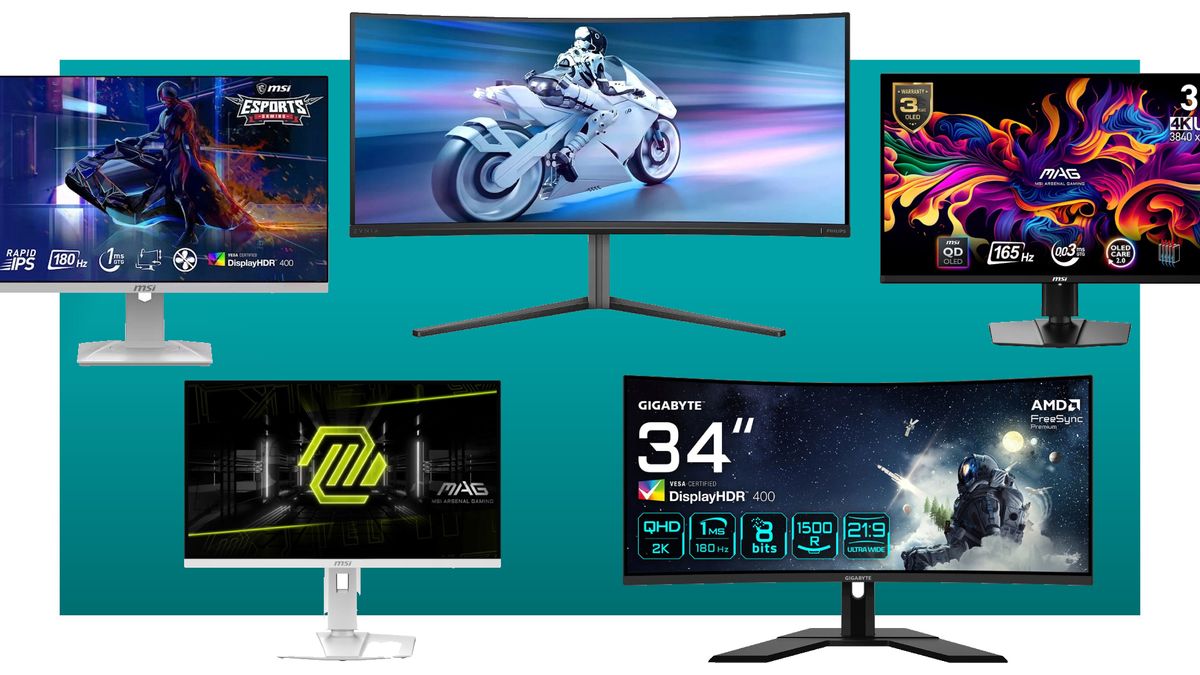
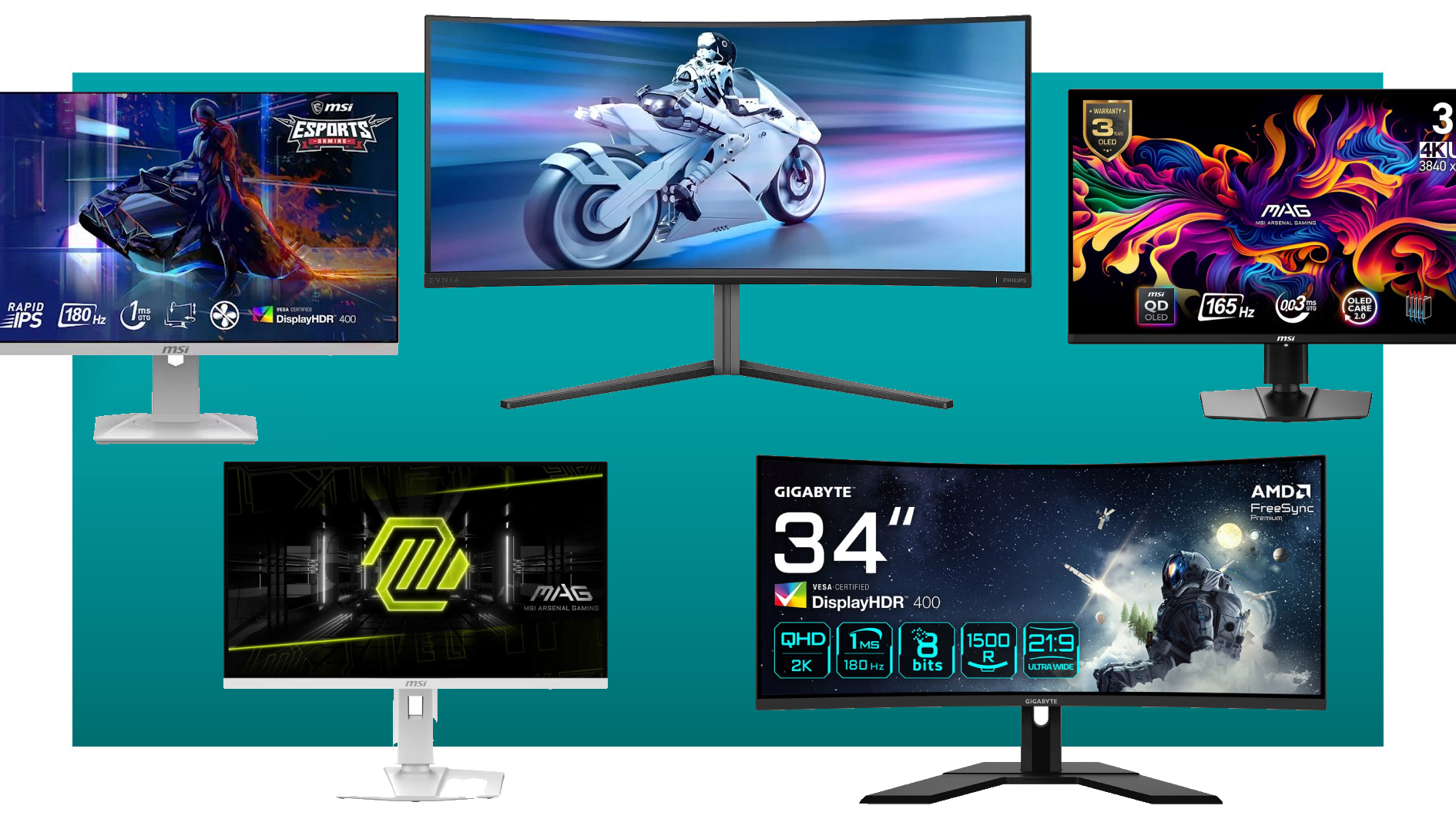
© MSI, Gigabyte, Philips
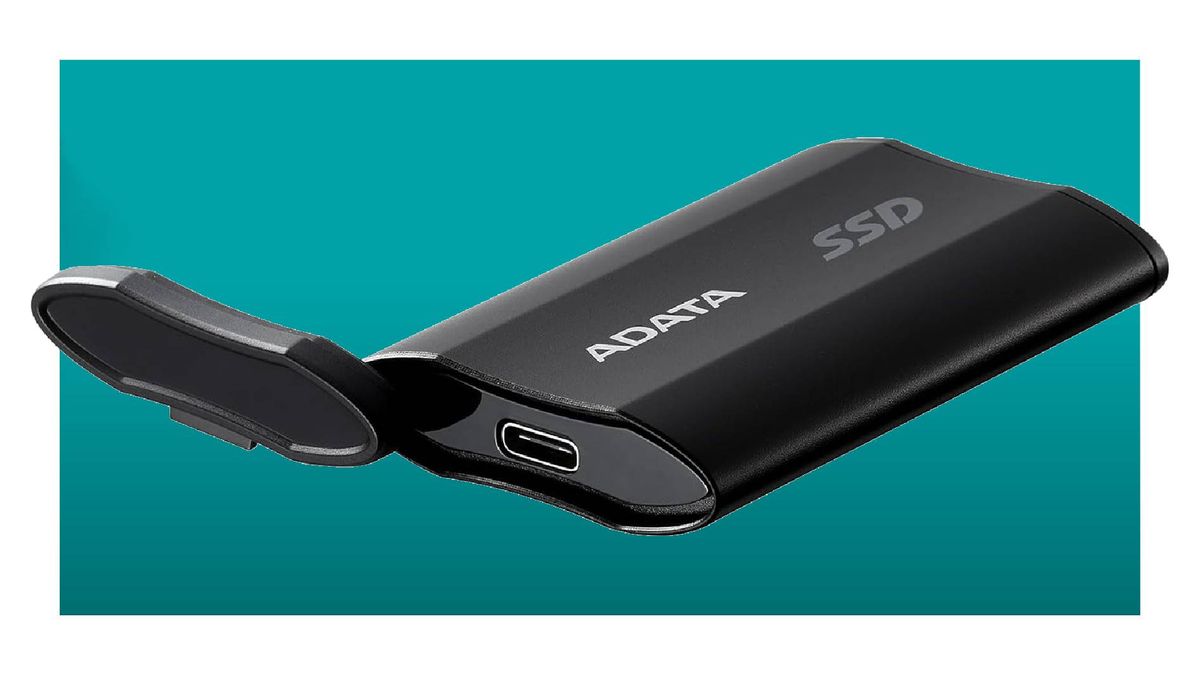

© Adata

At its summer Unpacked event, Samsung announced its first "budget" foldable smartphone, the Samsung Galaxy Z Flip FE, for a price that doesn't exactly scream "budget" to most people.
This phone, which costs $899.99, seems largely the same as the Galaxy Z Flip 6 I reviewed last year, which still costs $1,100. Samsung hasn't revealed much about the Galaxy Z Flip 7 FE, but one thing we do know is that it doesn't support the same full-screen apps on the smaller outside screen that the full-fat Z Flip 7 does.
If you want to grab this allegedly budget smartphone, the Z Flip 7 FE starts at $899 for a 128GB option, and jumps to some higher price for the 256GB version. The phone comes in two colorways, Black and White, so you also don't get the vivid colors that makes the regular Z Flip 7 so appealing.
With the Samsung Galaxy Z Flip 7 starting at $1,099.99, the Z Flip 7 FE at $899 is certainly a lower price, but I don't know that I'd call a "budget" device. We've basically been living in a world of $1,000-plus smartphones for nearly a decade, since the iPhone X came to store shelves in 2017.
Foldables are also kind of in their own league at this point. Yeah, the Z Flip 7 starts at $1,099, but the flagship Z Fold 7, also announced at Unpacked, starts at $1,999.99. That kind of price tag has lost some of its shock value at this point, but it still nevertheless stings. It's not surprising, then, that Samsung isn't even pretending to launch a budget version of that phone.
From what I've seen, the Galaxy Z Flip 7 FE might be the version of the phone to get, especially if you're going to put a case on your device anyways. You still get a 50MP camera, along with an almost-as-powerful chipset, even if the screen is a little smaller than the main device.
Unlike the more pricey Z Flip 7, which is powered by the new Exynos 2500, the Z Flip 7 FE features the Exynos 2400. This is still a 10-core CPU, but it's built on a chunkier 4nm process, instead of the 2500's 3nm process. In everyday workloads, this shouldn't make too much of a difference, but it could lead to slightly worse efficiency and battery life, especially with its slightly smaller 4,000mAh battery (the Z Flip 7 has a 4,300mAh battery).
The Galaxy Z Flip 7 FE does seem like a great entry-level foldable, but a "budget" device with a $900 price tag just rubs me the wrong way. It seems like just yesterday that the iPhone X came out and made everything more expensive, and while we're mostly all numb to $1,000 flagships by now, I don't think I'm ready for entry-level devices to cost this much. But with everything getting more expensive this year, that might be something I just have to learn to get used to.
Jackie Thomas is the Hardware and Buying Guides Editor at IGN and the PC components queen. You can follow her @Jackiecobra

Ne Zha 2, the highest grossing animated film of all time, will receive an English language release this summer from A24 — plus, it’ll now include none other than Oscar winner Michelle Yeoh in the voice cast.
The English version of the film will premiere in the U.S., Canada, Australia, and New Zealand on August 22 and will be available in premium formats like IMAX and 3D.
According to the official synopsis published by Variety, the film follows Ne Zha, who “is feared by the gods and born to mortal parents with wild, uncontrolled powers. Now faced with an ancient force intent on destroying humanity, he must grow up to become the hero the world needs.”
As for Yeoh, her exact role in the film is being kept secret, but she seems to be thrilled to be part of bringing this exciting film to English-speaking audiences. “I’m honored to be part of ‘Ne Zha 2,’ a landmark in Chinese animation and a powerful reminder of how universal our stories can be,” the actress said.
“Sharing this with audiences in English is such a joy, and I can’t wait for everyone to experience the wonder, heart, spectacular artistry and magic of this film on the big screen.”
Since its debut in Chinese theaters at the end of January, Ne Zha 2 has catapulted to the top of the global box office charts with a whopping $2.2 billion in revenue on a budget of just $80 million. With that number, it has secured the titles of highest grossing non-English language film of all time, the highest grossing animated film of all time (surpassing Inside Out 2 and The Lion King), and the fifth highest grossing film ever released. It even surpassed Star Wars: The Force Awakens for the title of highest grossing film in a single territory within a mere 11 days after its release.
Chinese company CMC, who will partner with A24 to bring the English version of the film to a wider audience, first announced the plan at the Beijing International Film Festival back in April.
Lex Briscuso is a film and television critic and a freelance entertainment writer for IGN. You can follow her on Twitter at @nikonamerica.

Amazon's buy 2, get 1 free promotion during Prime Day is one of the best deals we've seen for physical books. Included in this deal are a couple of our favorite Legend of Zelda books, namely Hyrule Historia and Art & Artifacts. Oddly, the Legend of Zelda Encyclopedia is omitted from the bundle deal, but it is still available at a nice discount.
Fun fact: You don't actually need to be a Prime member to take advantage of this deal. Simply add the three items you want to your cart and Amazon will automatically remove the cost on the cheapest one.
Hyrule Historia is the first of these to be published and, to a lot of fans' dismay (or pleasure, you do you), details the official timeline up until The Legend of Zelda: Skyward Sword. It's 280 pages of never-before-seen concept art, lore, history, and background. Pick it up for $23, 42% off its list price of $39.99
Art & Artifacts is a whopping 427-page catalogue of some of the most iconic weapons, gear, items, and more from throughout the Legend of Zelda series up to Breath of the Wild. It's currently 45% off for Prime Day, setting you back $27.49.
The Legend of Zelda Encyclopedia weirdly isn't part of the buy 2, get 1 free promotion, but it's still marked down at a nice 55% off. You'll pay $18.09, and with the attached coupon can save an additional $3.43. This 328-page book essentially combines the contents of the previous two books and expands upon them, has more art, maps, and rare development sketches, and even an exclusive interivew with series producer Eiji Aonuma.
Aside from The Legend of Zelda encyclopedia-style books, you'll also find some official Zelda manga and guides included in the buy 2, get 1 free promotion. Though, oddly, volume six of the Twilight Princess manga is the only one included from that series. Check out what's available below.
Myles Obenza is a freelance writer for IGN. Follow him on Bluesky @mylesobenza.bsky.social.
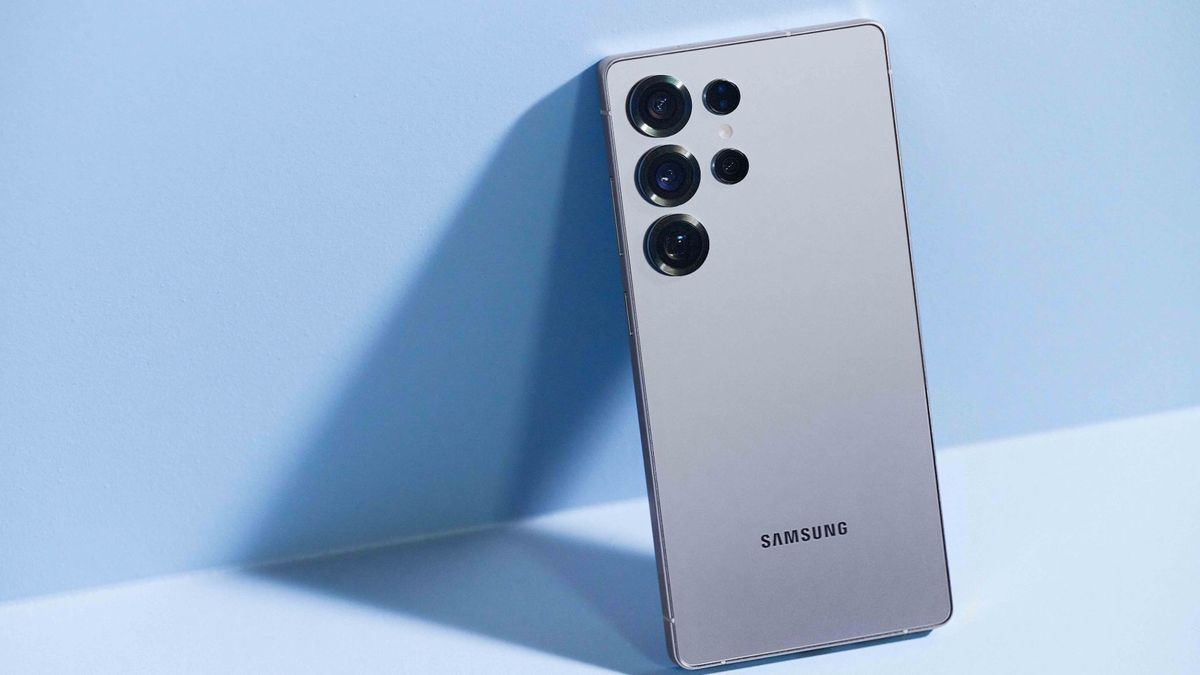
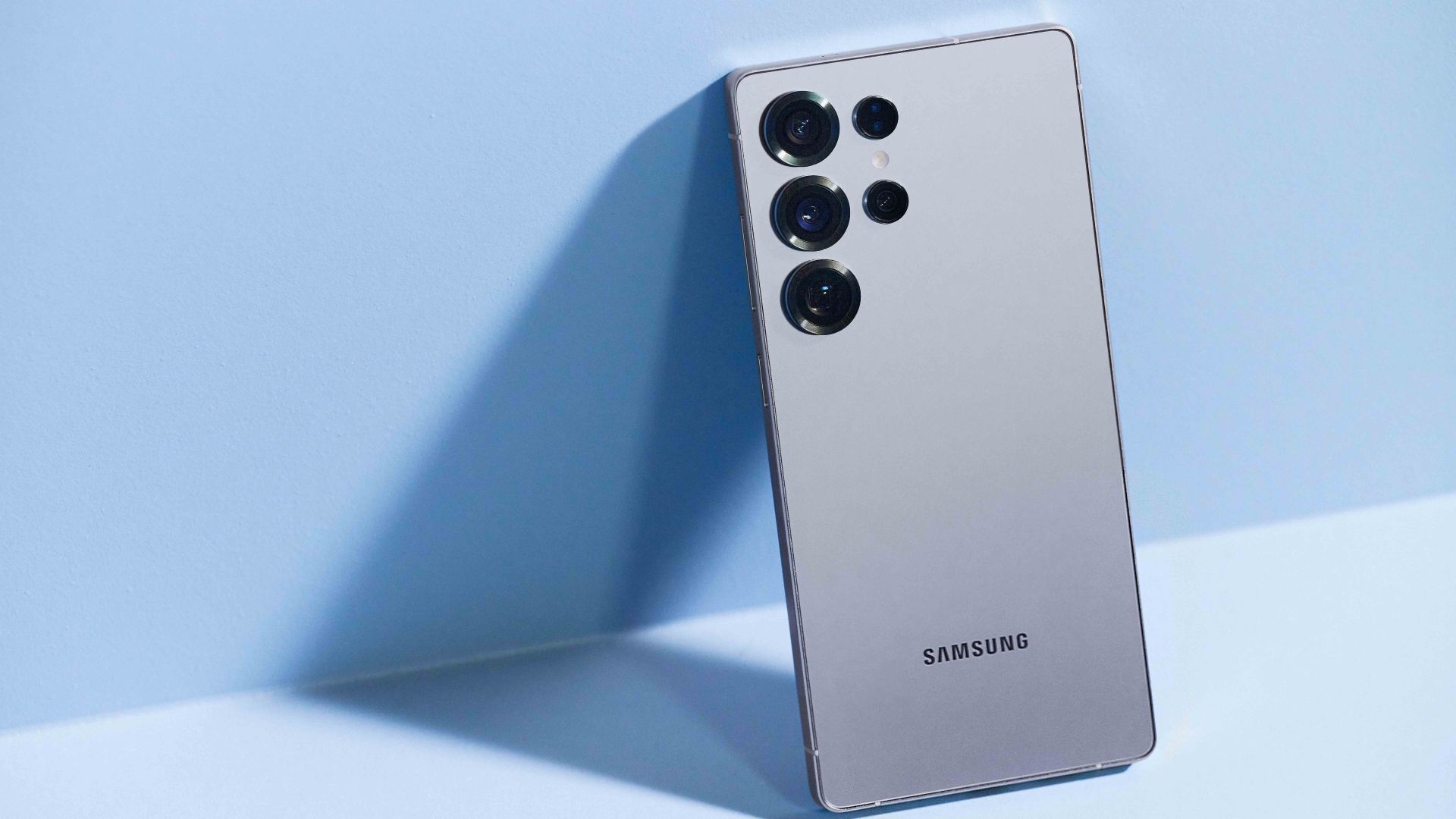
© Samsung

The opening moments of Gachiakuta introduce a fascinating universe of wealth and excess, a place where a busted seam in a brand new stuffed dog means getting rid of the toy altogether. Located on a floating island calld The Sphere, this walled city is beautiful because its inhabitants simply throw everything they no longer want in the trash – first into large, heavily guarded collection sites beneath their feet, and then onto the ground below. “Below” is a key term on Gachiakuta: The dystopian anime is built on a ladder of haves and have nots running from the city to its slums to a surface world (a.k.a. The Pit) populated by exiled criminals and monsters made from high society’s garbage. It’s a solid and timely observation about an unjust society where a select few hoard wealth and comfort, while everyone else scrambles to get one rung closer to the top. It’s just too bad that the first two episodes can’t realize the full potential of that premise.
Gachiakuta’s setup is interesting, with fantastical scene-setting that nonetheless brings to mind real places and issues. The protagonist, Rudo, regularly risks his life to scavenge through the city’s rubbish. He’s not afforded luxury: he’s one of the “tribesfolk” who lives outside the city walls. His father, an alleged murderer, has been cast down into The Pit (tellingly, The Sphere disposes of people and things with the same level of thoughtlessness); Rudo himself is treated as an inevitable murderer-in-the-making by the people around him. Unfortunately, Gachiakuta is so heavyhanded at this point, it feels less like we’re getting a peek into these societies and more like a tour guide is shouting facts about The Sphere and The Pit at us. There’s often dialogue where silence could’ve said more, and episode 1 includes awkward scenes where clumsy exposition is mistaken for casual conversation.
At the same time, these early passages sail right over intriguing storytelling opportunities that could’ve used more time to simmer. By the end of the first episode, Rudo is banished to The Pit, which means that in the span of 23 minutes, we’re introduced to The Sphere and all of its intricacies, only to leave it far, far behind for the foreseeable future. As Rudo falls, he vows revenge on the society that abandoned him. His anger is valid in this situation, and although I understood it intellectually, I failed to feel it because it all happened too quickly, with little dialogue-free time to actually process it.
That could also be because, by the end of episode 2, Rudo still isn’t a full-fledged character. He starts out feeling like too many other shonen heroes – particularly Bakugo from My Hero Academia. (My Hero Academia, like Gachiakuta, is produced by esteemed anime studio Bones.) These episodes try to endear us to Rudo through a series of stock stories: “tough guy has a crush,” “child witnesses a parent’s death,” “boy discovers his magic power” etc. But anime fans have seen these stories before – and seen them told more strikingly, too.
In fact, despite having what seems like a novel premise, the beginning of Gachiakuta merely reminded me of anime and games from the past. The relationship between the beautiful city and the slums recalls Goa Kingdom in One Piece. Its “humanity sucks” outlook is pure Attack on Titan. The floating island hovering above monster-ridden depths recalls The Legend of Zelda: Skyward Sword. These kinds of thoughts kept coming. Of course, any creative work can be broken down into the sum of its influences and inspirations. But early on, Gachiakuta’s characters and emotional core feel too shallow to sell itself on its own terms.
Perhaps this will change as the series proceeds. It feels like we need more than two episodes to warm up to a character as bitter as Rudo. After a few promising moments of vulnerability in episode 1, he’s flattened by his anger in episode 2. It doesn’t take long for Gachiakuta to establish its all-encompassing sense of rage: it depicts an unfair world that makes the people who live in it feel a lot of hate. It’s a misanthropic show. That could be cathartic, but combined with the heavy-headedness, the pill feels hard to swallow.
Unfortunately, the animation has some flaws, too. Like Bones’ work on My Hero Academia and Mob Psycho 100 (the latter of which is arguably one of the best looking anime series of all time), Gachiakuta boasts some moments of striking artistry. The animation style occasionally shifts to imaginative shots that effectively and interestingly communicate Rudo’s state of mind.
But while most of the animation is 2D, the trash monsters are 3D. It’s understandable: there are so many moving parts to these characters, it only makes sense that they’d be CG. But the 2D and 3D don’t blend. The monsters feel like they’re from a different show, and that diminishes some of The Pit’s hellishness. (And they’ll surely become recurring baddies, which makes their incongruity extra frustrating.) There are still some very effective 3D shots in the series, though (like Rudo falling into The Pit), so hopefully, it evens out over time.
The reveal of Gachiakuta’s magic system arrives at the end of episode two, though it’s teased in the opening narration: an object cared for over a long enough time develops a soul, which can be wielded by the person who cared for it. In a world that treats people like trash, the idea of keeping and caring for something is a radical act. It’s a great idea, and that contrast is welcome. It just needs to aim for the heart as well as the head.
That idea sums up the first two episodes overall. In all its anger and disgust, Gachiakuta wants to convince us that it’s edgy. But perhaps that’s the whole issue. It has room to grow into a great series once it settles in. But for something so dark, it leaves very little impression.

The Elder Scrolls IV: Oblivion Remastered finally has a new update with much-needed performance improvements and tweaks to the difficulty settings.
Bethesda said update 1.2 focuses on fixes for quests, gameplay, and performance, and includes new damage settings. 1.2 won’t roll out to all platforms just yet, Bethesda added, but it will be released today, July 9, on Steam Beta.
A performance patch was much needed. Oblivion Remastered has enjoyed a hugely successful launch, with over 4 million players and a ‘very positive’ user review rating on Steam (although that's since fallen to 'mostly positive'). However, if there’s one issue that continues to crop up, it’s performance problems.
The tech experts at Digital Foundry found Oblivion Remastered on consoles to have significant problems across the board. DF’s Thomas Morgan said of Virtuos’ Unreal Engine 5 overhaul:
No platform is spared of issues: whether it's PS5, PS5 Pro, or either Xbox Series machine, all struggle with traversal hitches while roaming the open world. Secondly, there's major sub-60fps frame-rates, where I've also discovered that performance slowly degrades with more playing time — quite possibly down to a memory leak. And finally, software freezes are the icing on the cake, with all PlayStation and Xbox platforms crashing to the system menu on loading a save one too many times.
How does this manifest itself in-game? According to DF, a “charged” playthrough with more continuous play time behind it performs worse than a fresh boot. Cycling through saves also introduces bugs in the charged playthrough, Morgan revealed.
And this is particularly curious: this also leads to the camera position being too high while riding horseback. You can fix this by resetting the game. The update 1.2 patch notes, below, include "Fixed player character height scaling," which may be a fix for this specific issue.
“It's a dire position for any remaster to be in and developer Virtuos needs to address the game's stability - the crashes - as a priority,” DF continued. That’s a damning assessment of Oblivion on console, but what about PC? DF called PC performance “dire.” It’s worth checking out DF’s analysis in full for more.
Oblivion Remastered, developed by remake specialist Virtuos using Unreal Engine 5, has a long list of visual and feature improvements. It runs at 4K resolution and 60 frames per second, as you'd expect, but other changes are more meaningful. Everything from the leveling systems to character creation, and combat animations to in-game menus have been improved. Meanwhile, there's lots of new dialogue, a proper third-person view, and new lip sync technology. The changes are going down well with fans, some of whom believe Oblivion Remastered would be more accurately described as a remake. Bethesda, however, has explained why it went down the remaster route.
Soon after launch, The Elder Scrolls IV: Oblivion Remastered players started warning newcomers to do Kvatch before the level scaling makes it an absolute nightmare. We’ve also got a report on a player who managed to escape the confines of Cyrodiil to explore Valenwood, Skyrim, and even Hammerfell, the rumored setting of The Elder Scrolls VI.
And be sure to check out our comprehensive guide to everything you'll find in Oblivion Remastered, including an expansive Interactive Map, complete Walkthroughs for the Main Questline and every Guild Quest, How to Build the Perfect Character, Things to Do First, every PC Cheat Code, and much more.
This update will be in the Steam Beta. If you would like to opt in to the The Elder Scrolls IV: Oblivion Remastered Beta update, please follow these instructions:
1. Open your Steam Library and navigate to The Elder Scrolls IV: Oblivion Remastered
2. Right click on "The Elder Scrolls IV: Oblivion Remastered" and select "Properties"
3. In the new properties pop-up window, select "Betas"
4. In the beta drop down to opt into, select "[beta]"5. Wait for app to download new build and launch.
Wesley is Director, News at IGN. Find him on Twitter at @wyp100. You can reach Wesley at wesley_yinpoole@ign.com or confidentially at wyp100@proton.me.